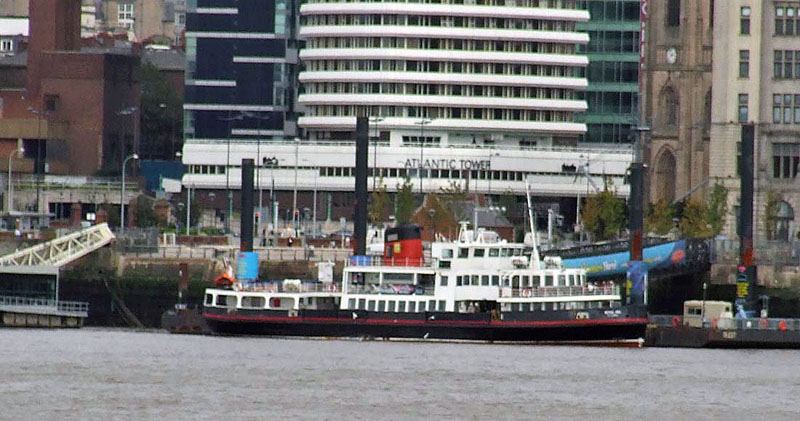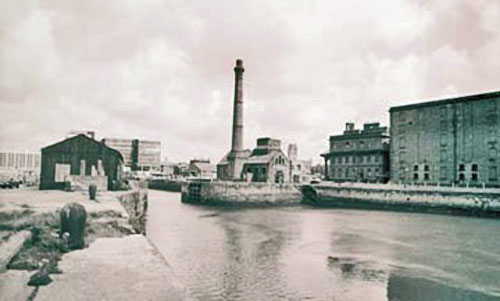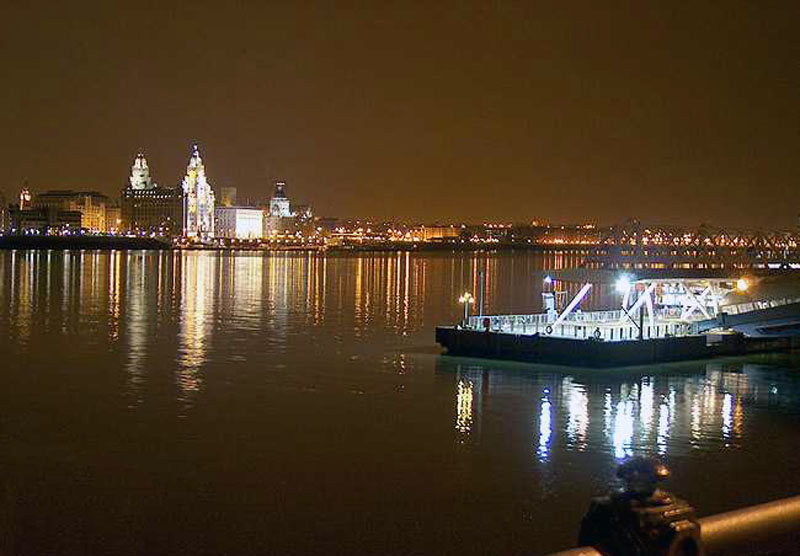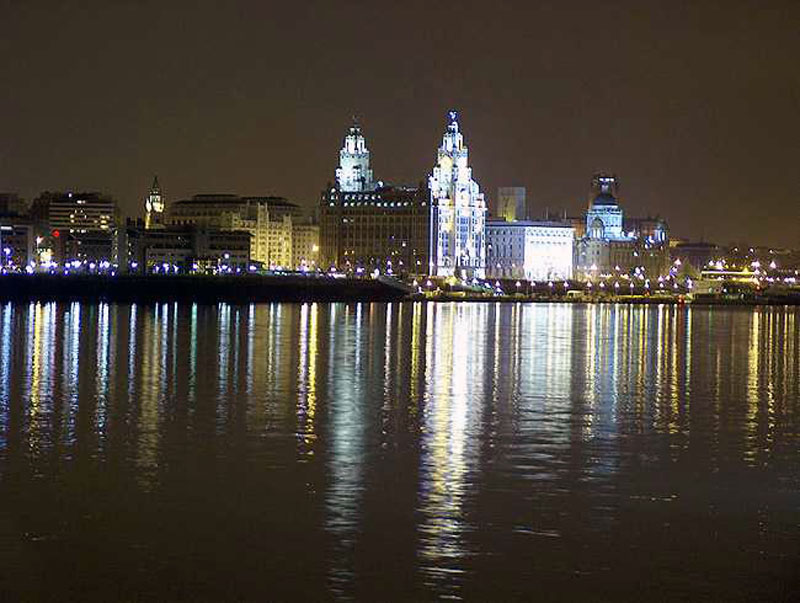|
The Liver Buildings were
built in 1911 and topped with two "mythical birds" on which the City's name is
based. However, they are supposed to be Cormorants and not mythical at all. In
fact the birds can be seen holding seaweed in their beaks. This seaweed was
known as "laver" and which gave them the name "laver birds", so maybe Liverpool should
really be Laverpool? My info comes from a lot of sources but even the
most informed can be wrong. Take the Readers Digest Travelling Britain from 1992
which I saw recently. It shows an image of a coaster in Albert Dock alongside
the Liverpool Pilot Boat and yet the caption clearly states "a tug sails along
the river, in the background is the Royal Liver Building" - obviously they have
no idea what a tug looks like, or the Mersey seafront. The "pool" was an inlet,
long vanished.
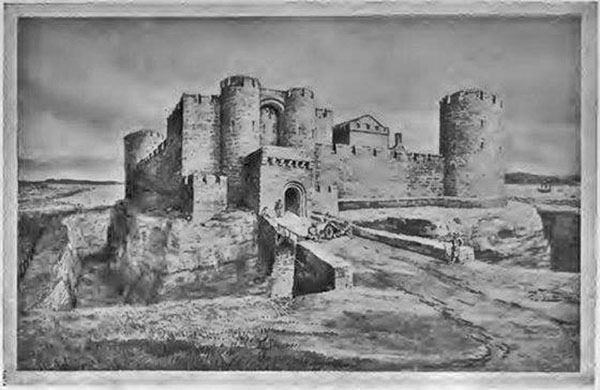
Liverpool Castle 1257
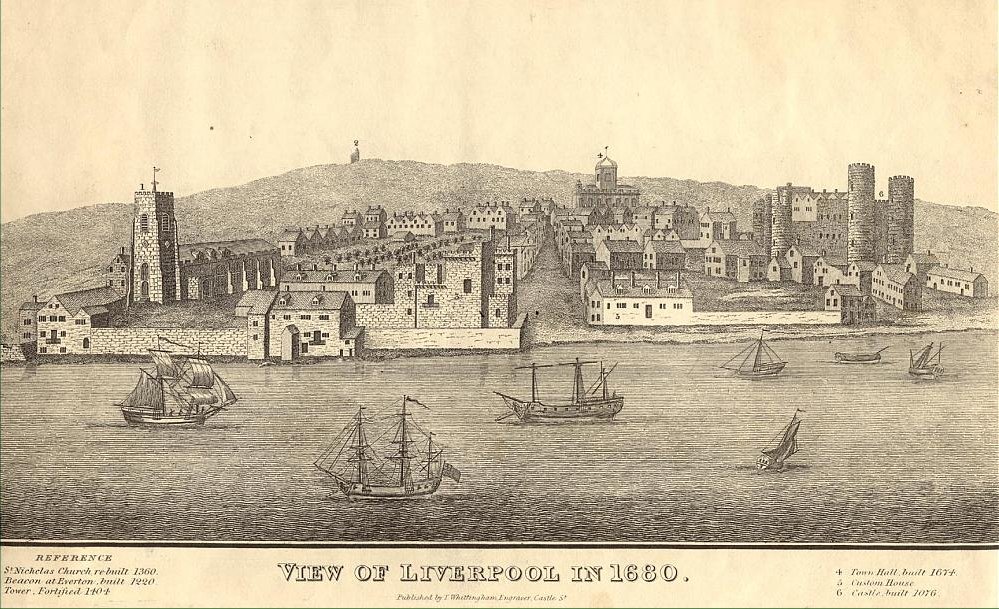
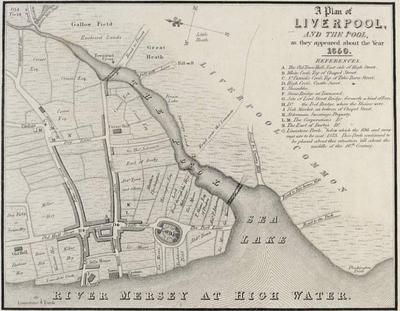
The following is from the Illustrated
London News of June 12, 1847. Liverpool - The Completion of the Landing
Stage
This stupendous work has just been completed
at Liverpool, for the convenience of the public; it was launched on the
31st, from the dock in which it was built, and then took up its station
for permanent use opposite the St George's Pier Head. The stage was
towed to her moorings by seven steamers; and on its leaving the dock
works there was long and loud cheering among the workmen; and the piers
were also crowded with spectators, from the Clarence to the Albert Dock.
The figure of the upper surface of the
Landing Stage is very nearly that of a ship's deck, with a bow at each
end. The length of the Stage is 508 feet, and its width all over 82
feet. The flooring consists of 5-inch planks, of the best pitch pine,
such as is used for the same purpose in a first-rate line-of-battle
ship. The planks are secured with patent compressed tree-nails, and are
made perfectly tight by caulking; and, to prevent the lodgment of water,
the surface is made to slope gently towards the edges. From the edge
inwards, for a breadth of 16 feet, the planks are laid longitudinally,
or parallel with the sides of the stage; after that, for a breadth of 18
feet, they are laid diagonally, down the centre, they again run
longitudinally, and in the same order between the centre and the
opposite side. Thus, much additional strength is gained, by increasing
the power of resisting the shock of a vessel or other body coming in
contact with the sides of the Stage.
The edges are not protected by any bulwarks
or chains, as they might interfere with the passage. Massive oaken
stanchions, a foot square, and secured on the inside by strong iron
knees, encircle the deck, at intervals of ten feet, with low
mooring-posts in the intermediate spaces, well strapped to the deck.
Near each bow are four longitudinal timbers, thirty-five feet in length,
to serve as mooring-bits, and bearing evidence of a capacity for
sustaining the utmost strain to which the mooring-chains may be
subjected.
The flooring rests upon a double tier of
balks firmly strapped together, making the entire depth of the wood-work
3½ feet. Underneath, running transversely with this substantial
platform, are 39 iron pontoons, flat on the upper surface, on which the
timbers rest, and cylindrical on the lower, so as to offer the smallest
amount of obstruction to the flow of the tide beneath. The length of the
pontoons corresponds, of course, with the breadth of the flooring;
except when the latter tapers off towards the ends, they are 80 feet
long, by 10 feet in width, and 6 in depth. These pontoons are connected
with the wood-work by iron straps, and they can be entered by man-holes
from the deck, for the purpose of being examined and repaired.
The connection between the Landing Stage and
the Pier will be by means of two iron bridges, which are now in course
of construction by Mr. Cubitt, the engineer of the Stage. The length of
these bridges will be 150 feet, and the width 17 feet; one for
ascending, and the other for descending.
The pontoons will always be in deep water, so
that steamers will be able to come alongside in any state of the tide.
The area of the deck is 4467 square yards, or nearly an acre. The
tonnage, by carpenters' measurement, is 16,000 tons; upon the centre
area of the deck, 40,000 persons could find standing room. There are
40,000 cubic feet of timber in the Stage. And, in the construction of
the pontoons, from six to seven hundred tons of iron have been used. The
draught of water is two feet ten inches, but it will be over three feet
when at its proper bearings, a draught which will require a
superincumbent weight of 2500 tons. The entire depth is eleven feet,
namely, pontoons 6 feet, and deck 5 feet. The cost of the Stage will be
upwards of £50,000, and the working of it £1500 per annum, irrespective
of repairs. A lighthouse, with powerful reflectors, is erected at each
end of the Stage.
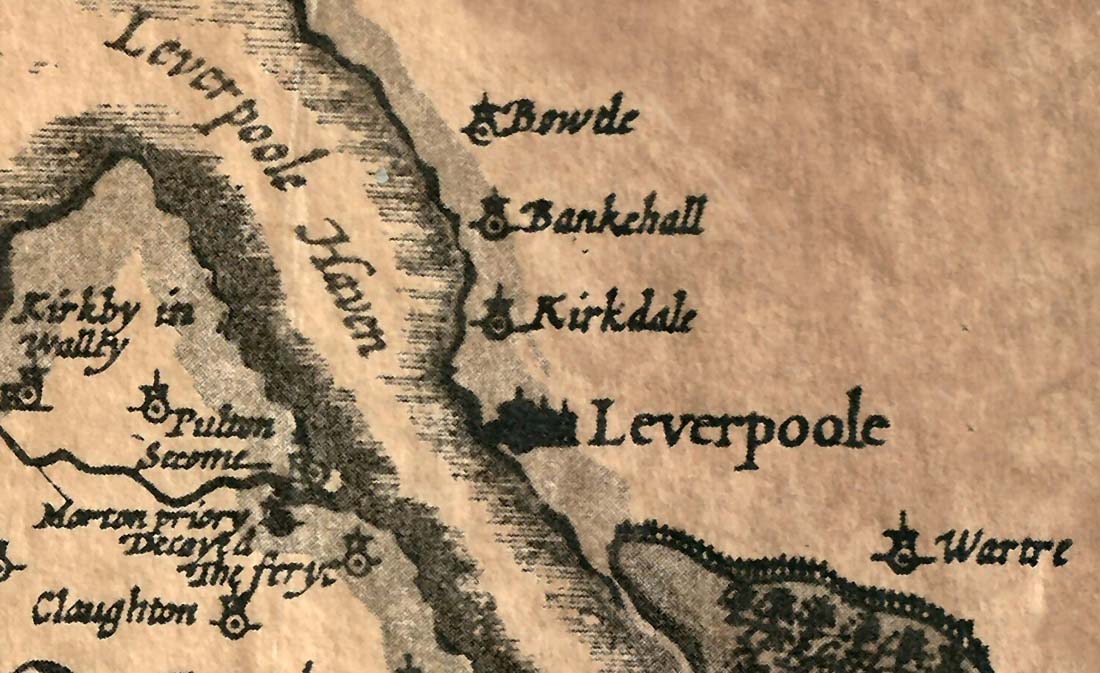
Liverpool in 1611, naught but a small village or
hamlet above can be seen what are now parts of Liverpool, Kirkdale, Bankhall and
Bootle.
The first dock was started in
1715 and was built on "the pool". This area is now underneath the city centre
and is currently, May 2008, being redeveloped with a massive building project.
In fact, even the Pier Head is rapidly changing and is beginning to resemble a
miniature Manhattan, with its high rise buildings rising alongside and over the
Liver Buildings etc. The skyline has already changed forever.

1841

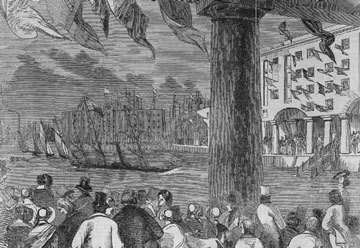
Albert Dock Opening
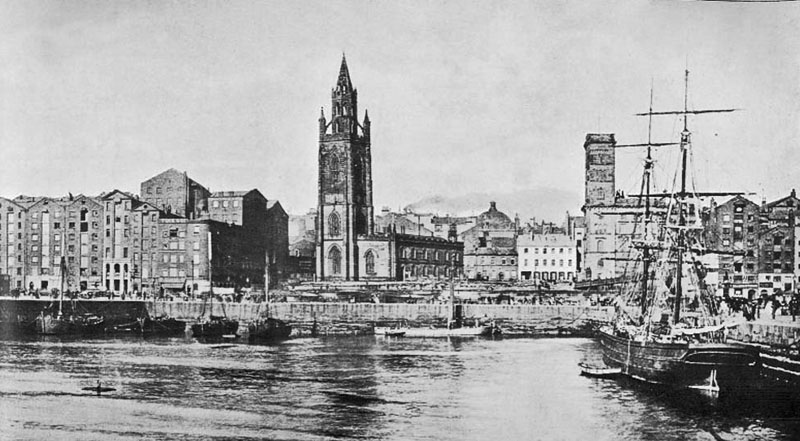
St
Georges Basin
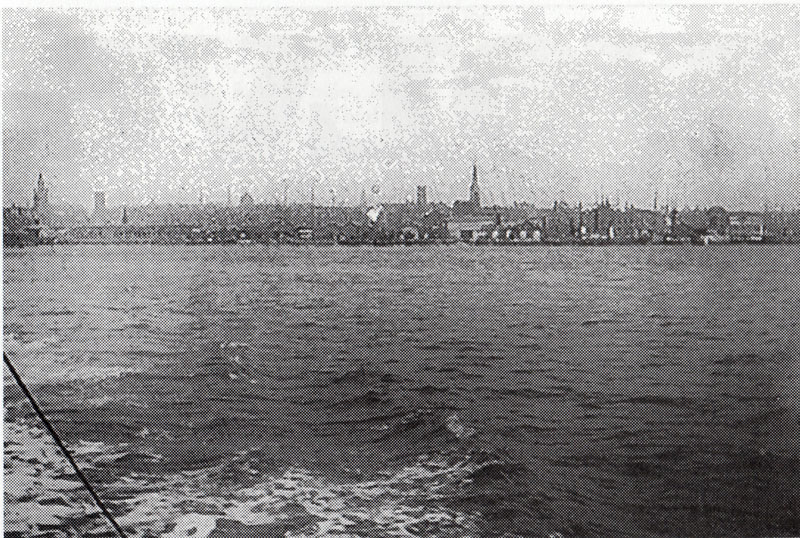
Pre 1900 waterfront St Nicks is on the left
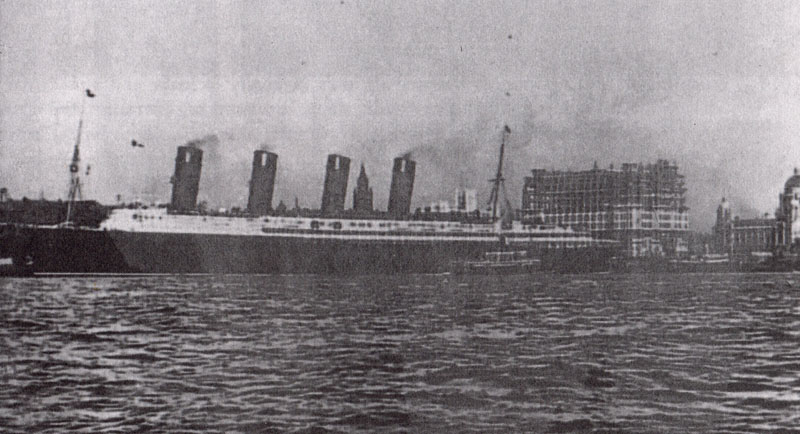
Lusitania
with Liver building going up
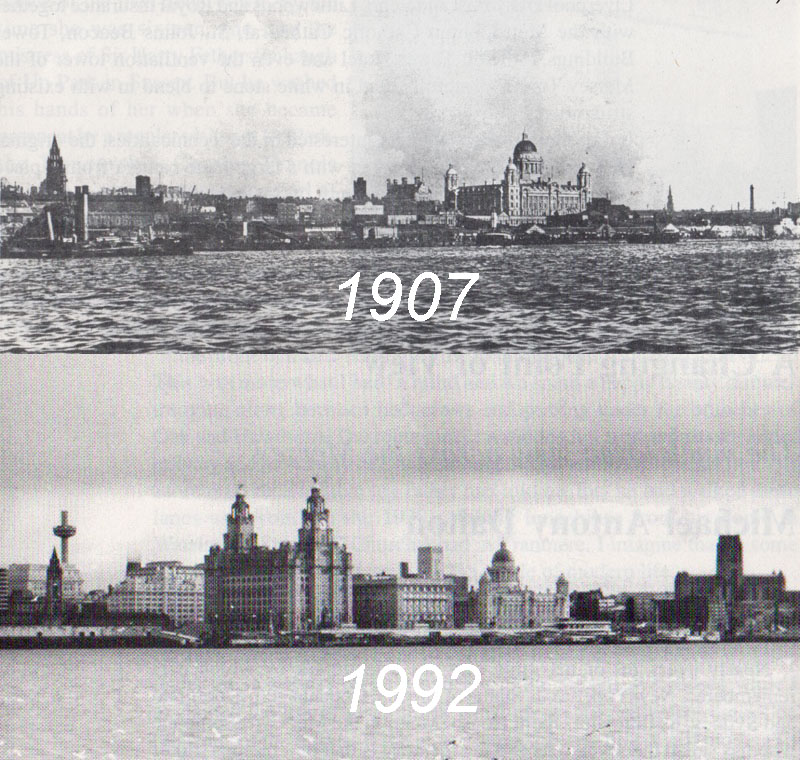
and now, in
2020, totally unrecognisable

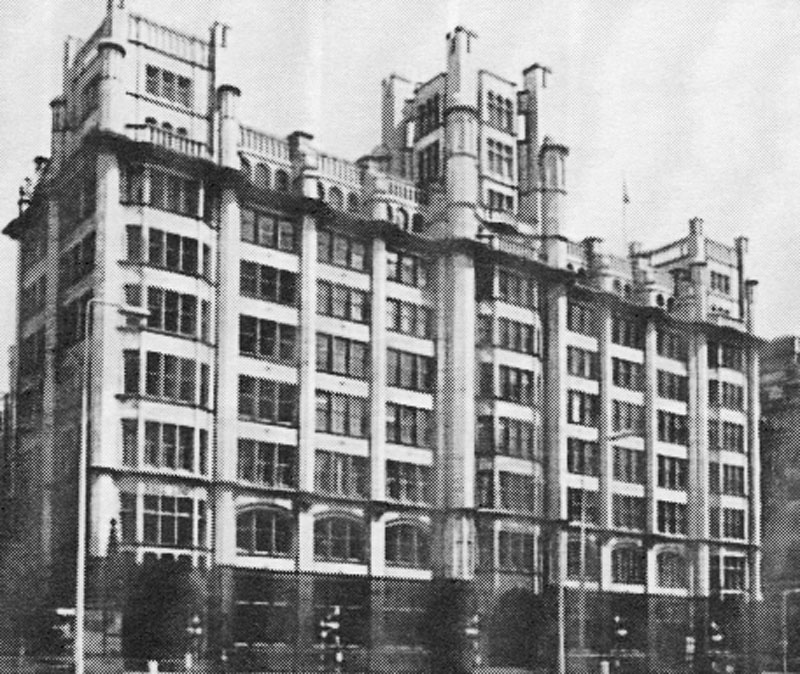
Right behind the Liver Buildings is Tower Buildings, this was one of the
first in the world to be built of steel framework
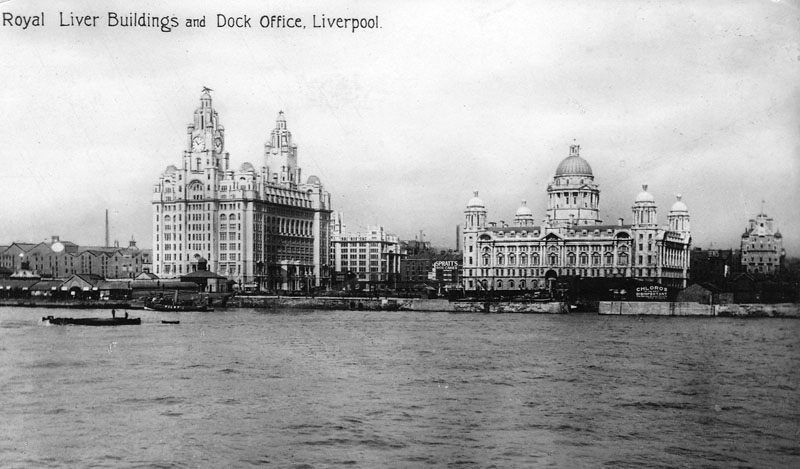
After 1908 but before Cunard Building
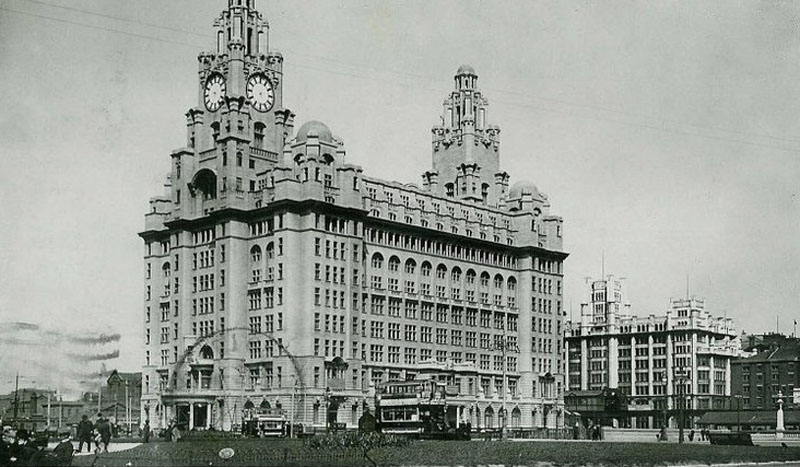
1911
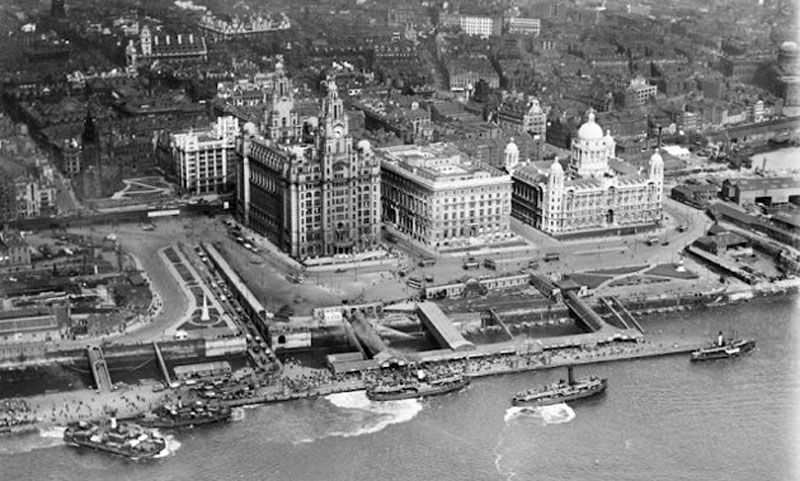
1920 Image of Pier Head
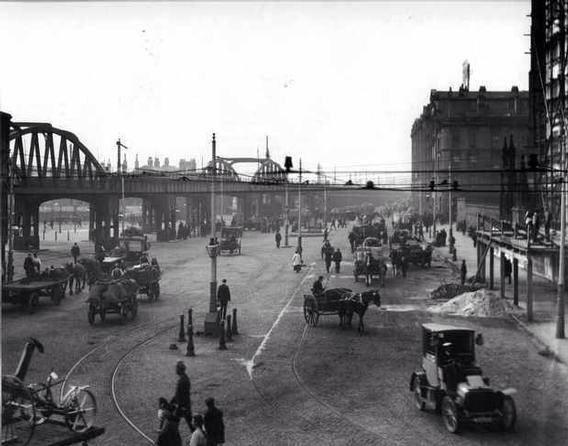
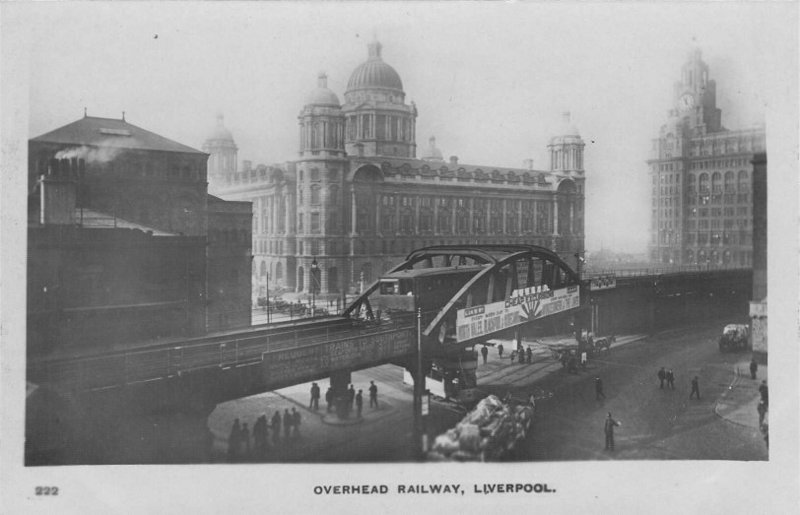
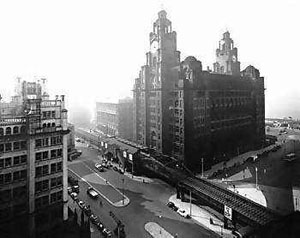
The Strand
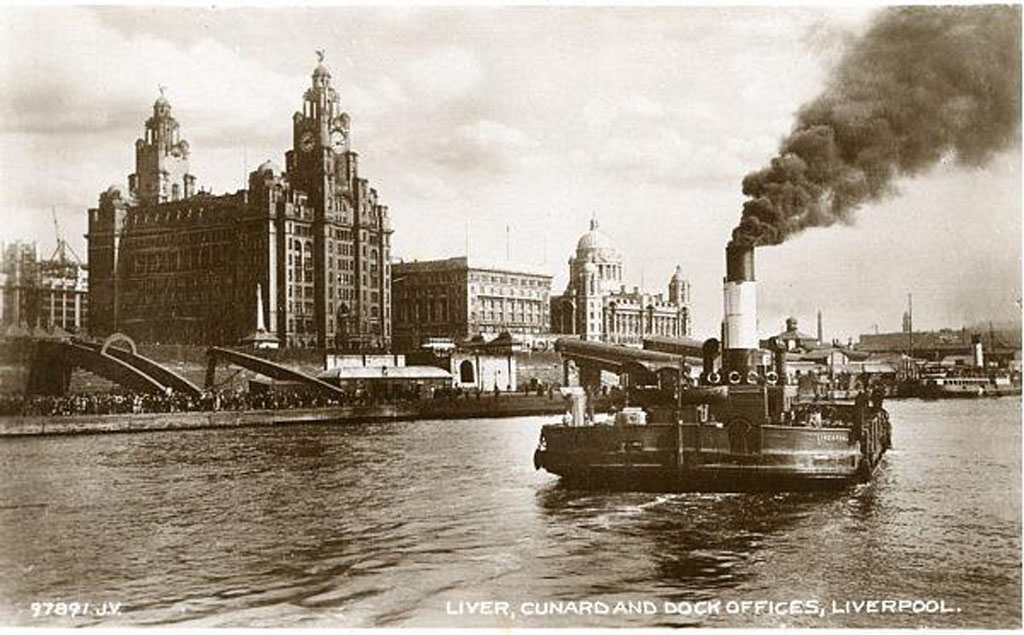
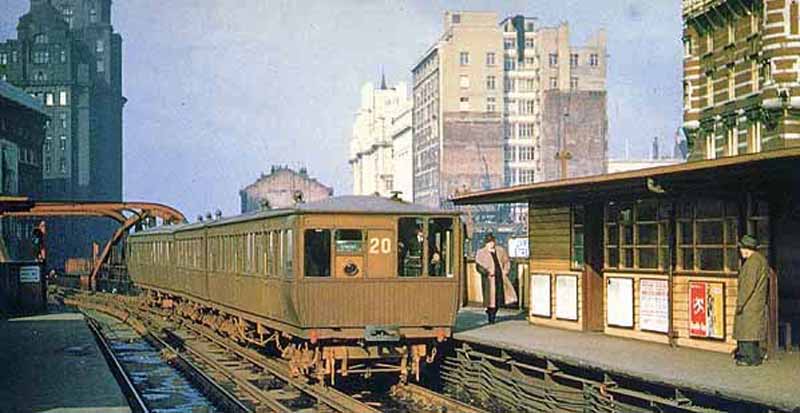
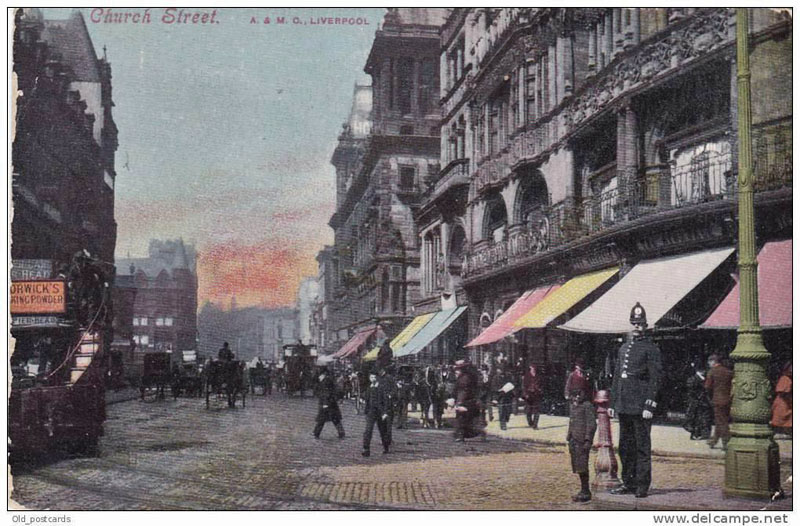
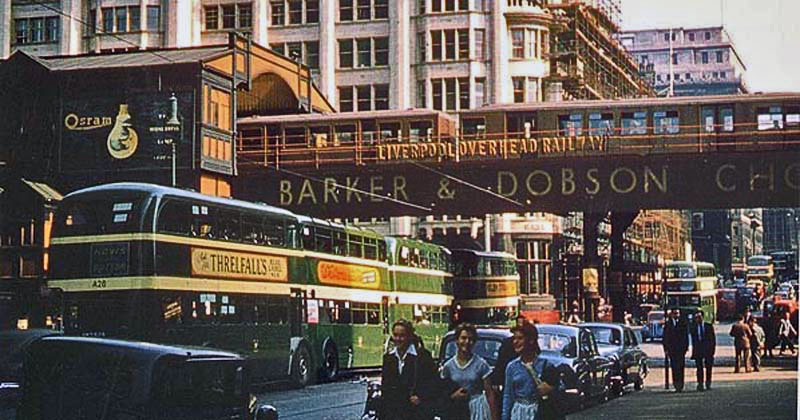
Buses leaving Pier Head and heading up Water Street
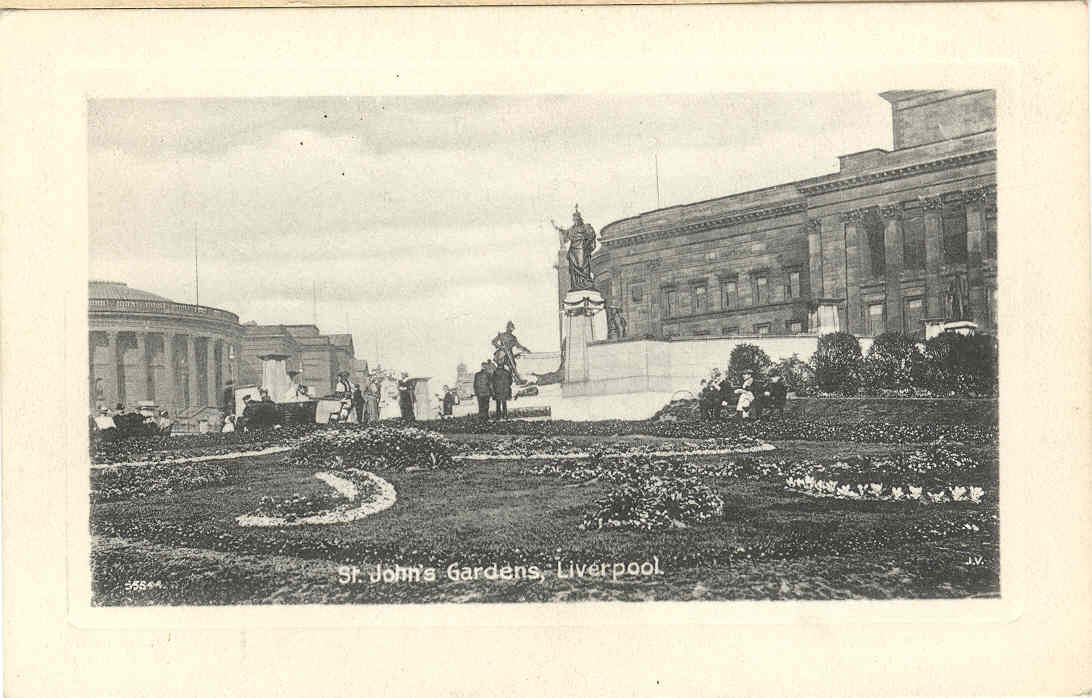
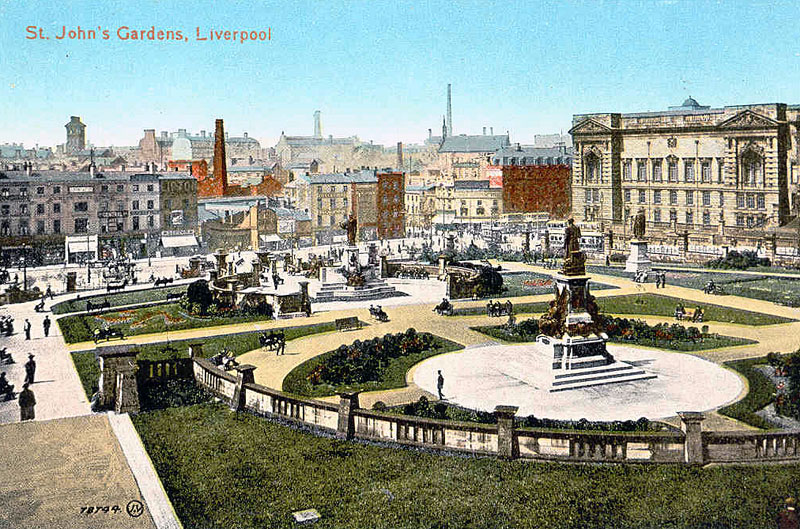
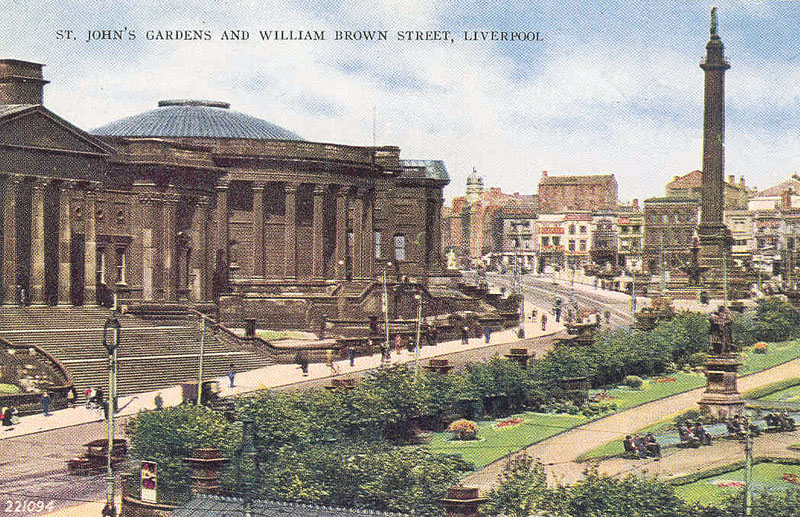
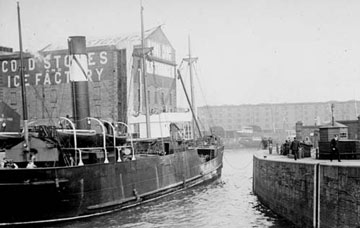
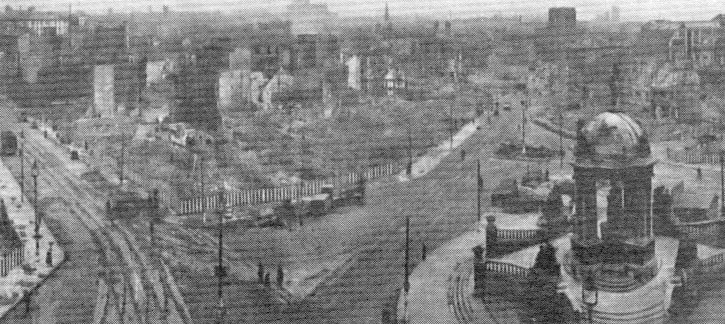
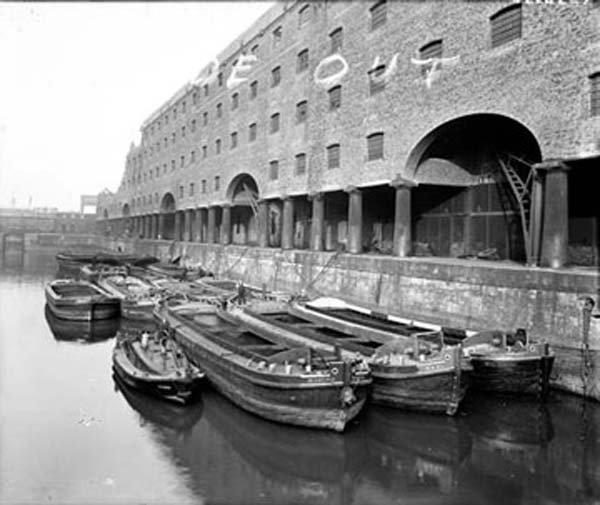
Stanley Dock
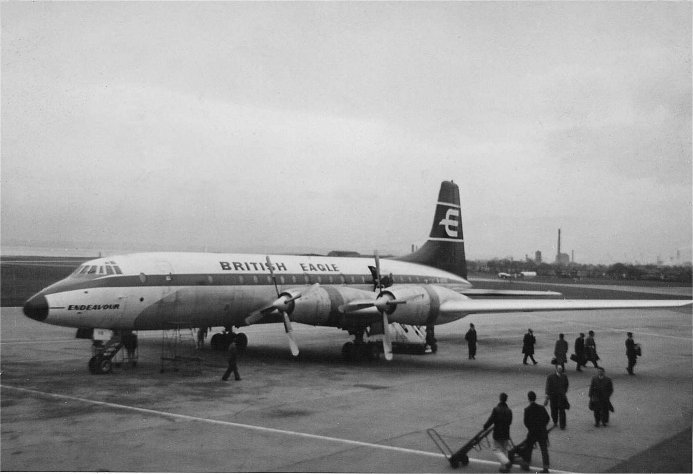
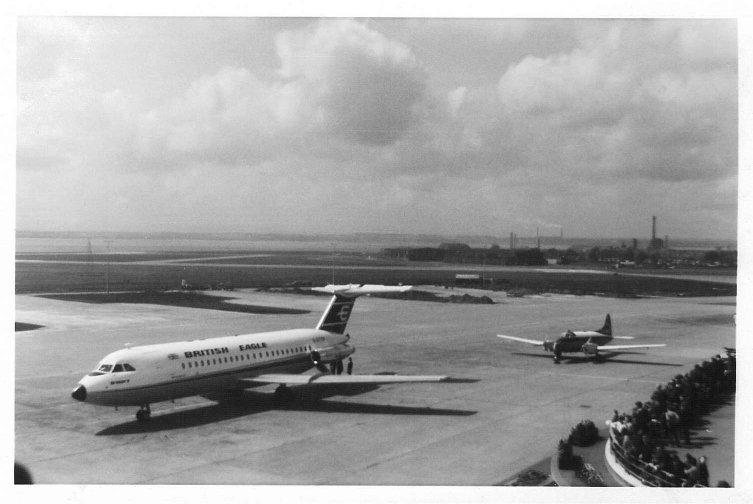
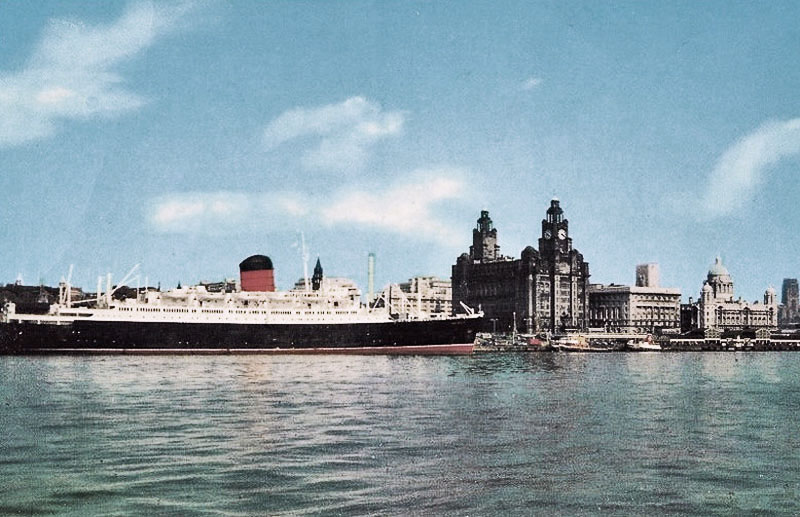
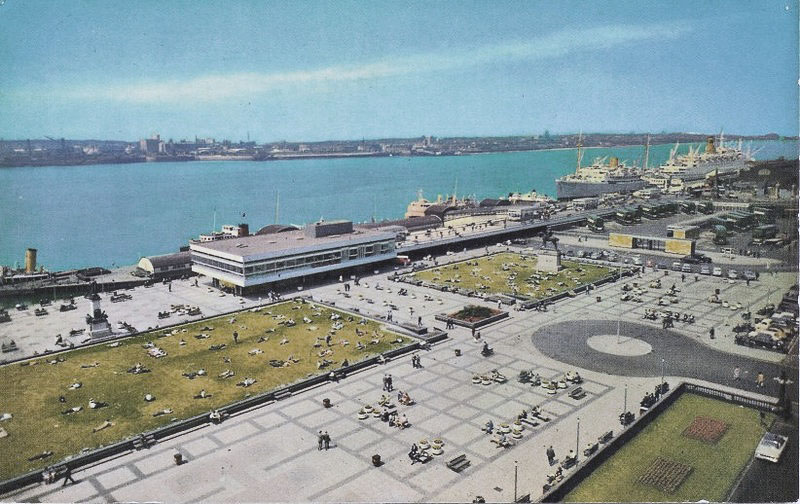
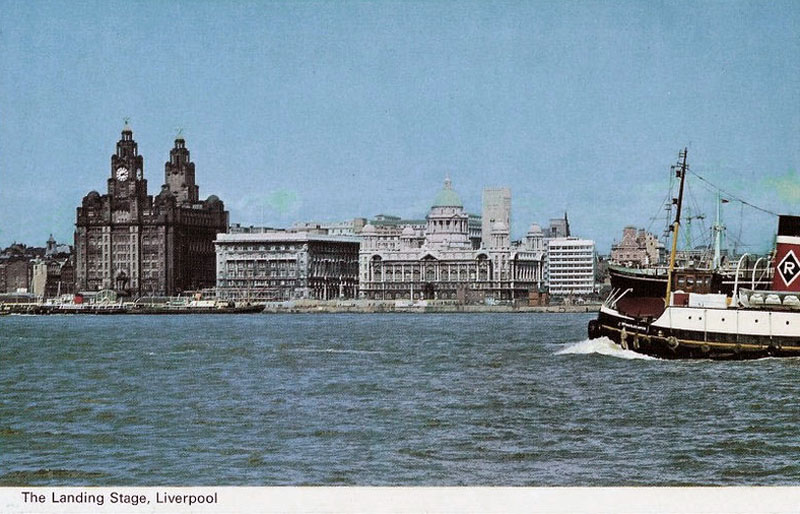
1965
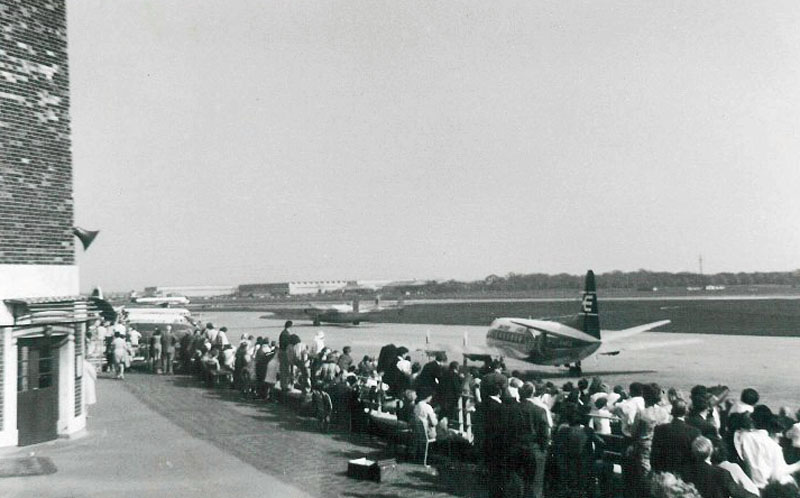
2 May 1966
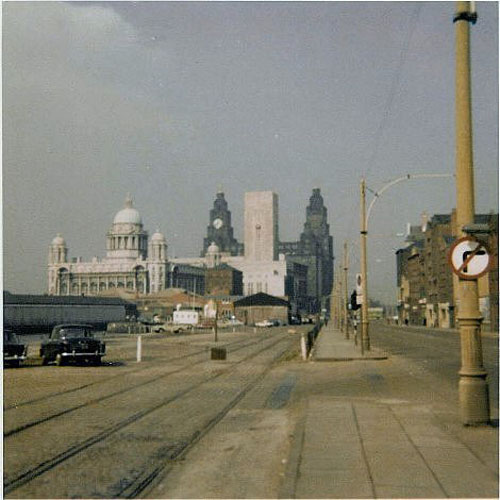
Mid 60s
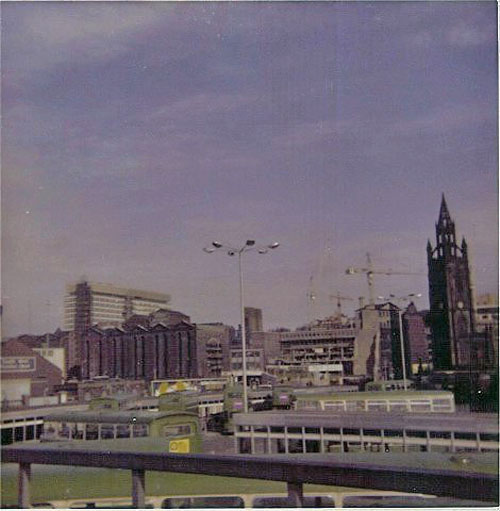
1968

1968

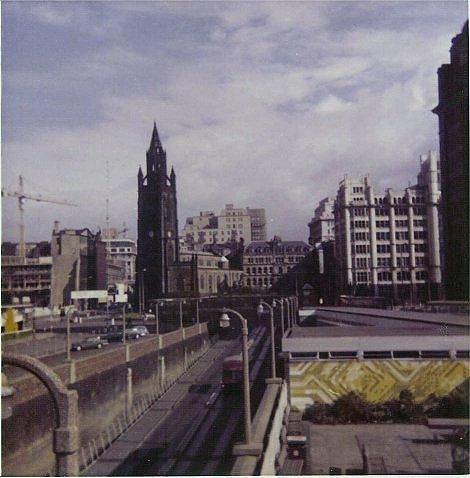
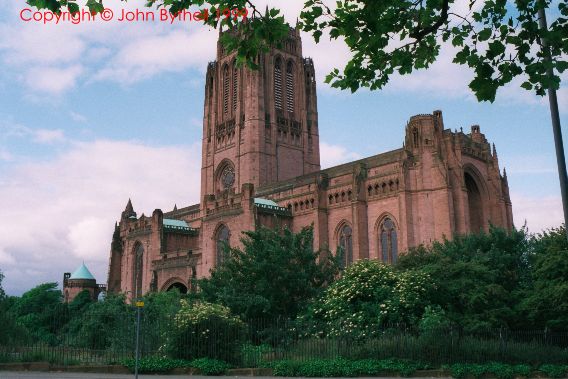
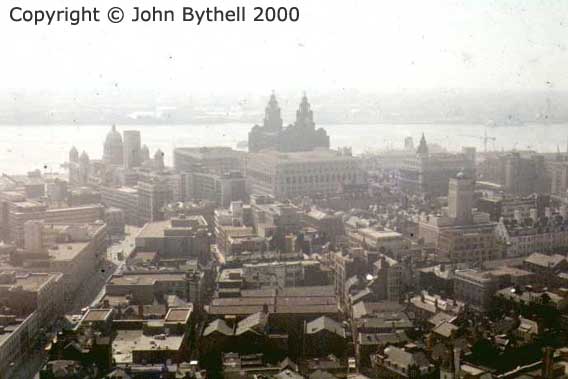
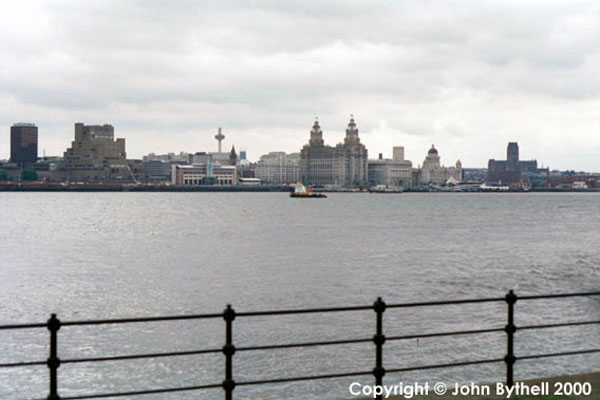

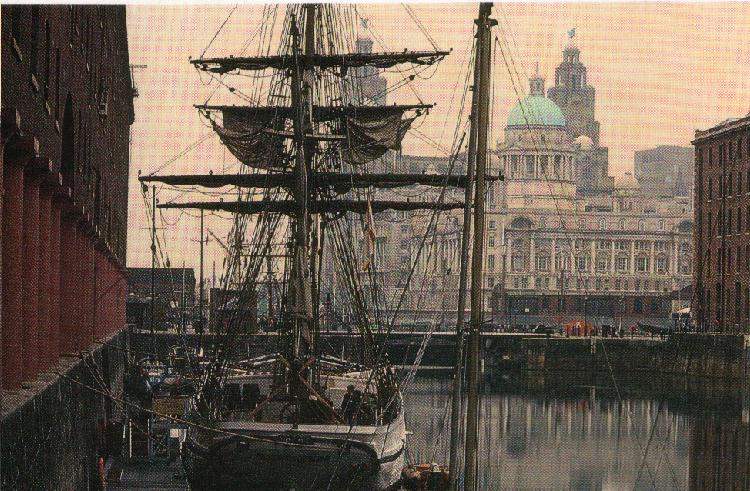
Maria Asumpta, image late 1980s. Built in 1858. Jan 2020: below, the same vessel.
I found this in a copy of the Wirral Journal
of Autumn 2009. The
image is noted as the 'ill fated'. I found out why:
https://www.independent.co.uk/news/ships-captain-jailed-over-crews-death-on-the-rocks-1244271.html
This ship at the time of loss was said as the oldest active sailing
vessel in the world (137 years). Was built in Badalona (Catalonia,
Spain) and had a career in the Mediterranean under that flag until 1981.
Intended for demolition, was purchased and restored by English, served
as scenery for several films and participated in many cultural
events. 30.05.1995: traveling from Swansea to Padstow (Cornwall, UK),
shattered on the rocks at Rumps Point, near ther port of destination.
There were 3 dead and the owner-captain was convicted of careless
navigation Read more at wrecksite:
https://www.wrecksite.eu/wreck.aspx?254226
News video
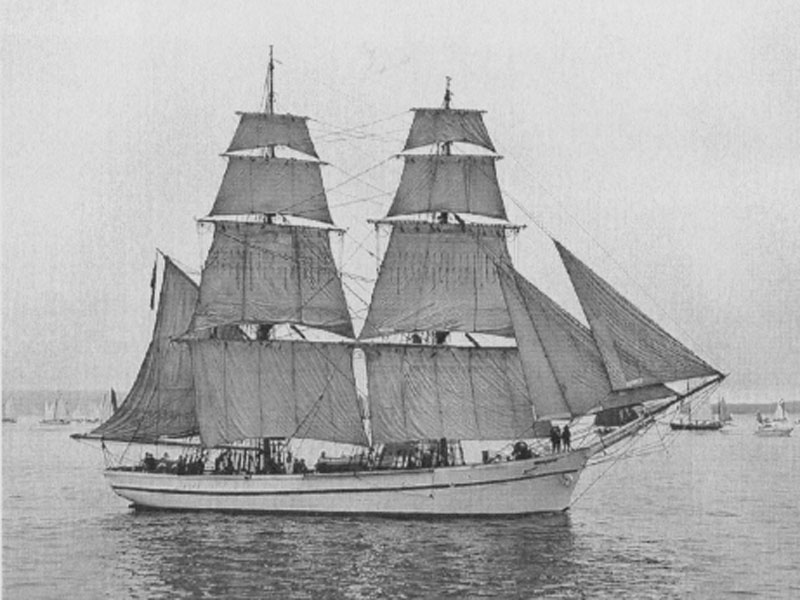
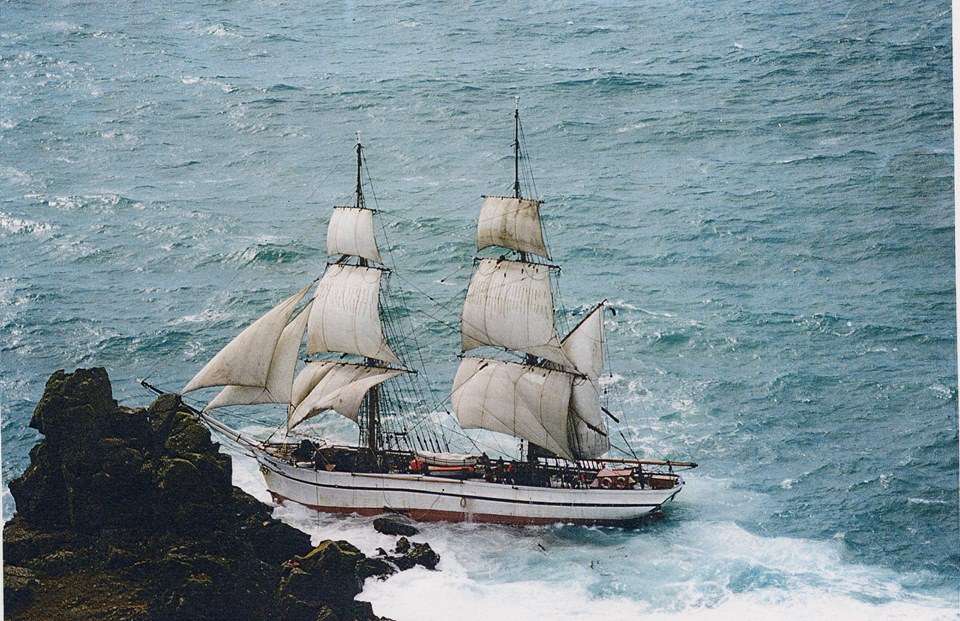
on the rocks, by the time rescue arrived off Padstow, the ship had been
smashed
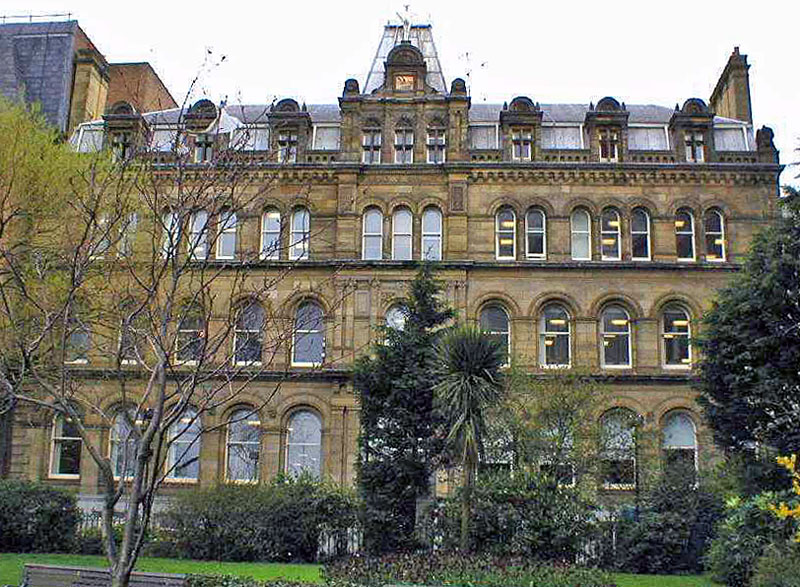
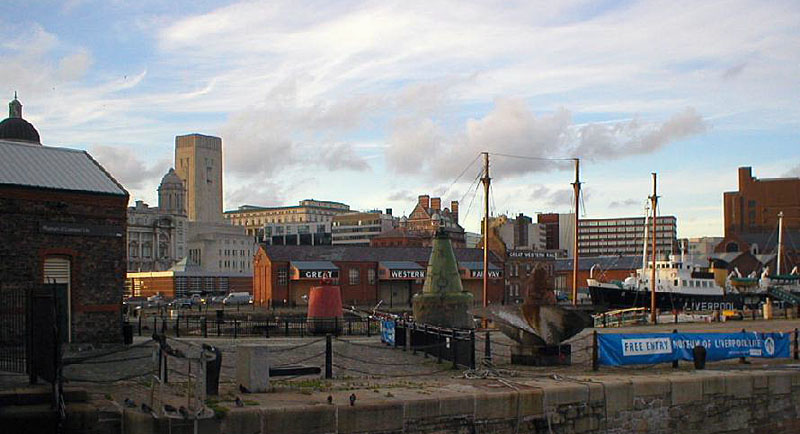
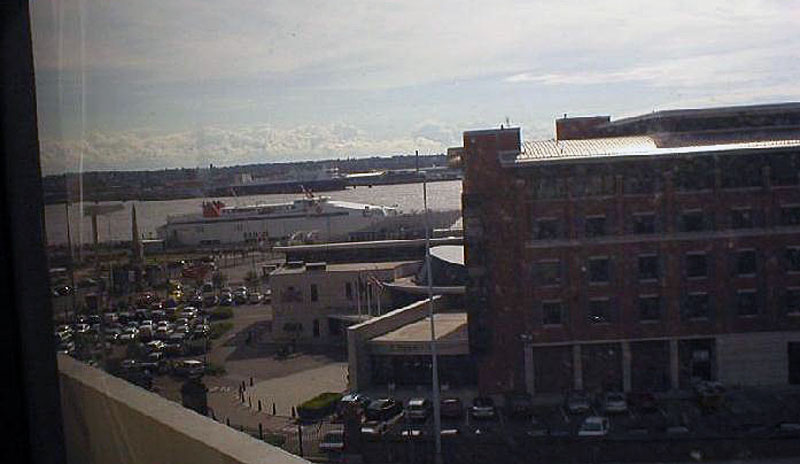
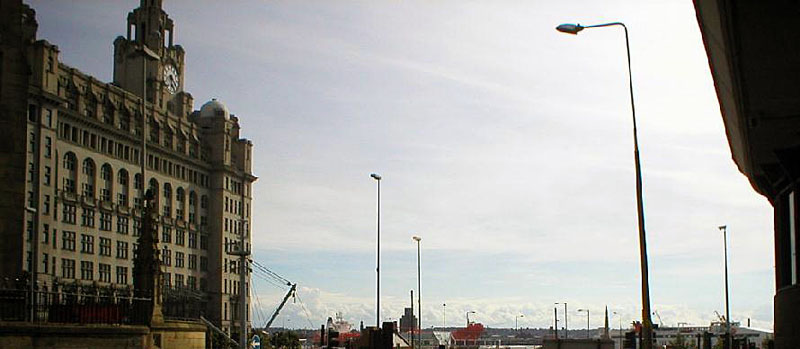
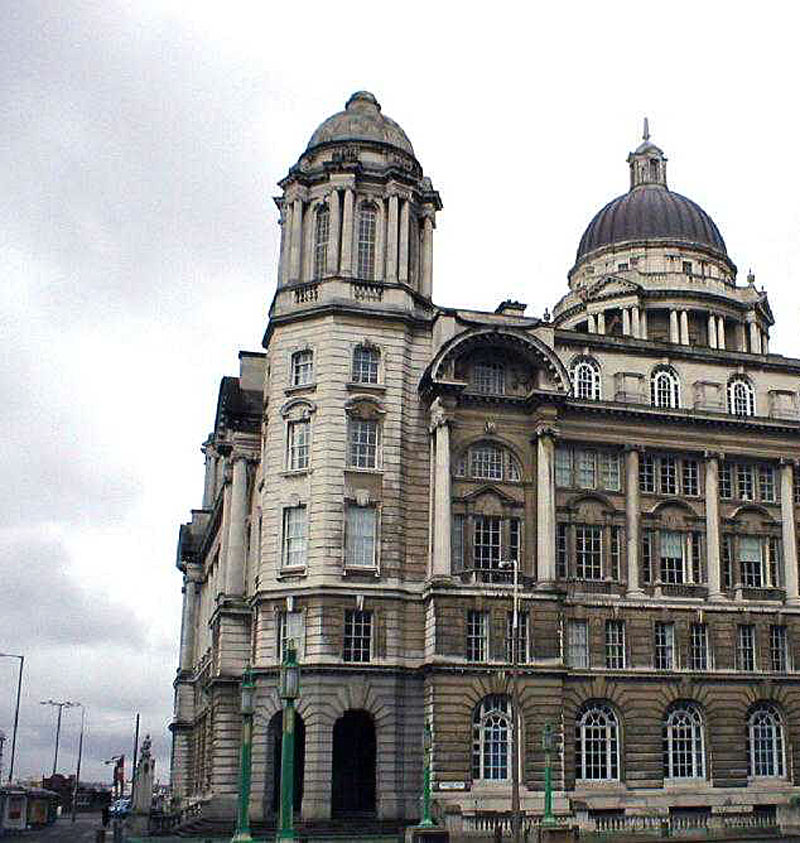
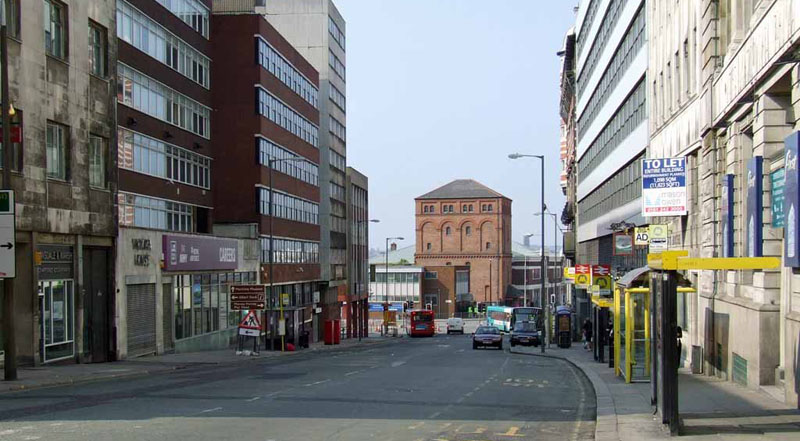
Mann
Island above and below 2004. MN Sailors signed on ships here (now
demolished)
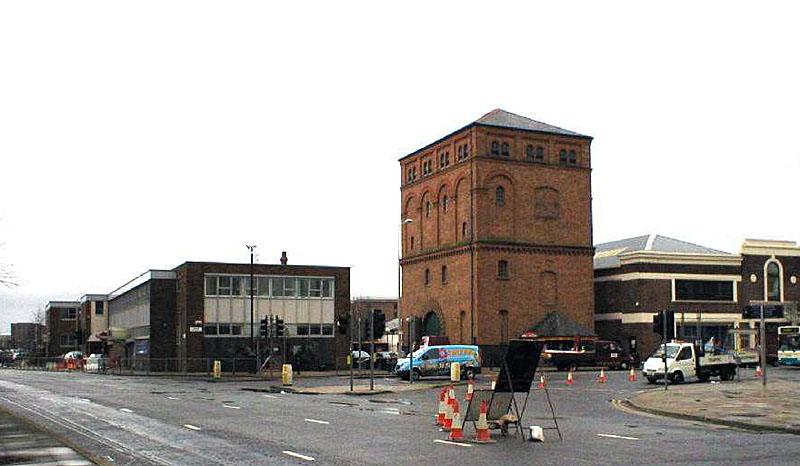
In th olden days sailors were not paid once a ship docked, so as soon as
the ship arrived the sailors went to Mann Island
to sign on another
vessel straight away to avoid losing too much money. It was normal for a
ship to arrive with
one crew and leave with an entirely different
crew. When a ship was 'lost' the crews pay stopped. This was prevalent
right
through until mid WW2 when Churchill ordered all shipping
companies to continue to pay seamen when a ship was
sunk so their
families had money until survivors arrived at ports and the dead became
known.
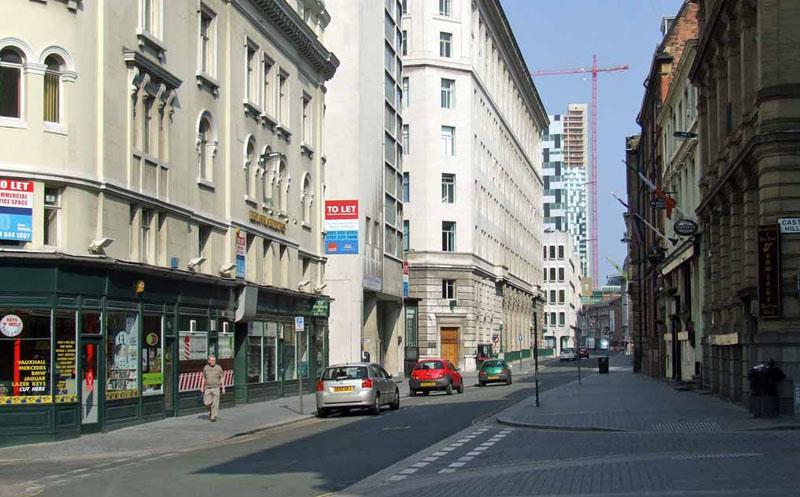
I worked
in the Corn Exchange, by the red car, in the mid 60s. The whole area was
a hive of activity.
This Fenwick St image above was taken on a normal working morning
around 2009
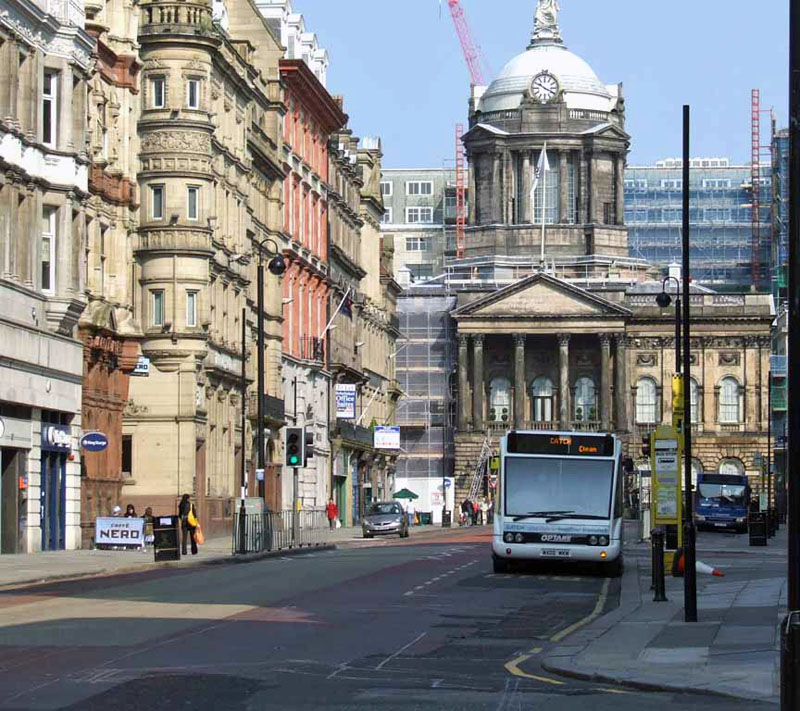
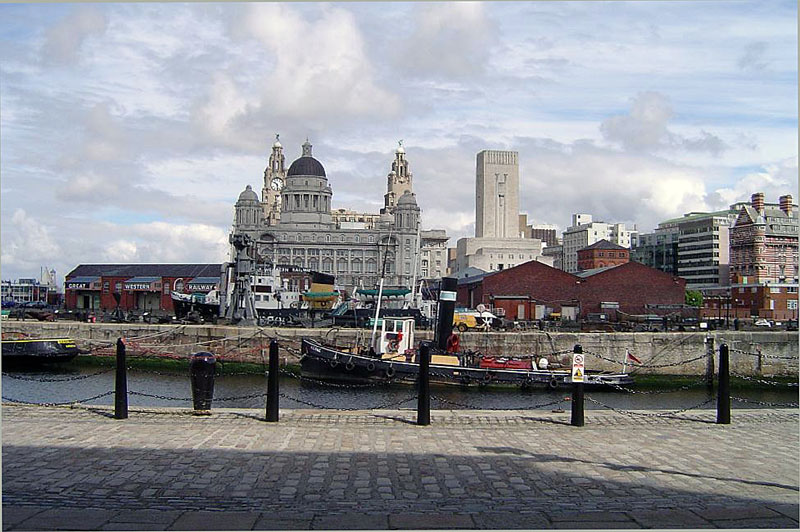
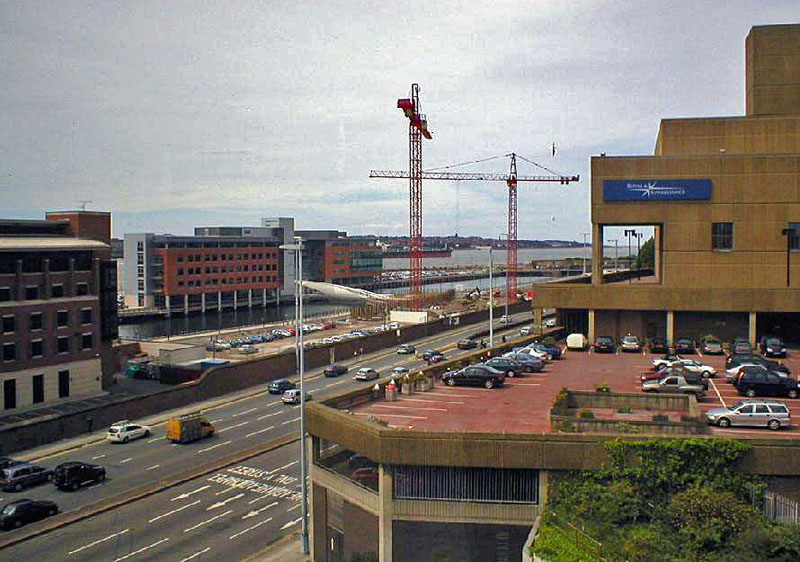

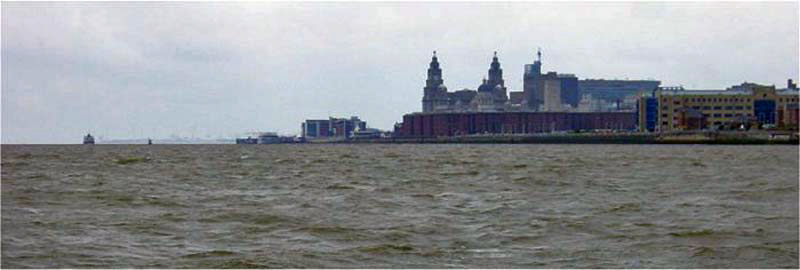
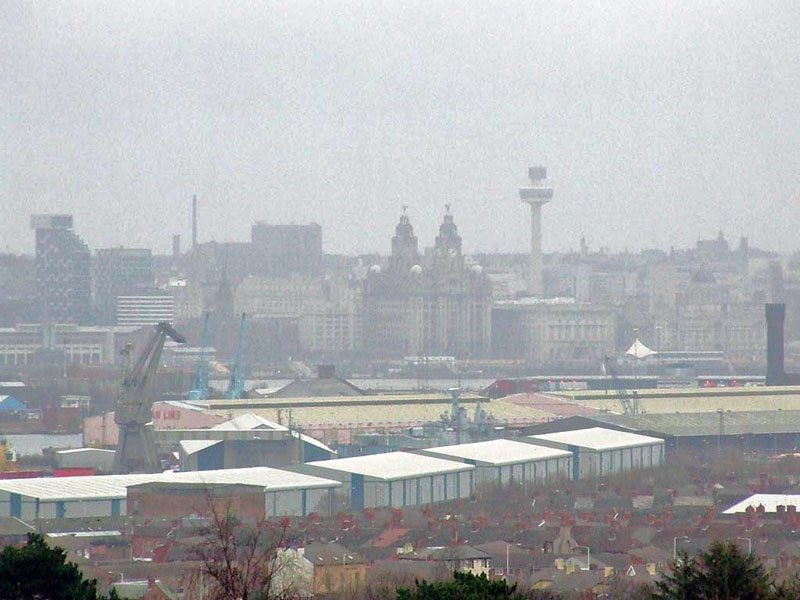
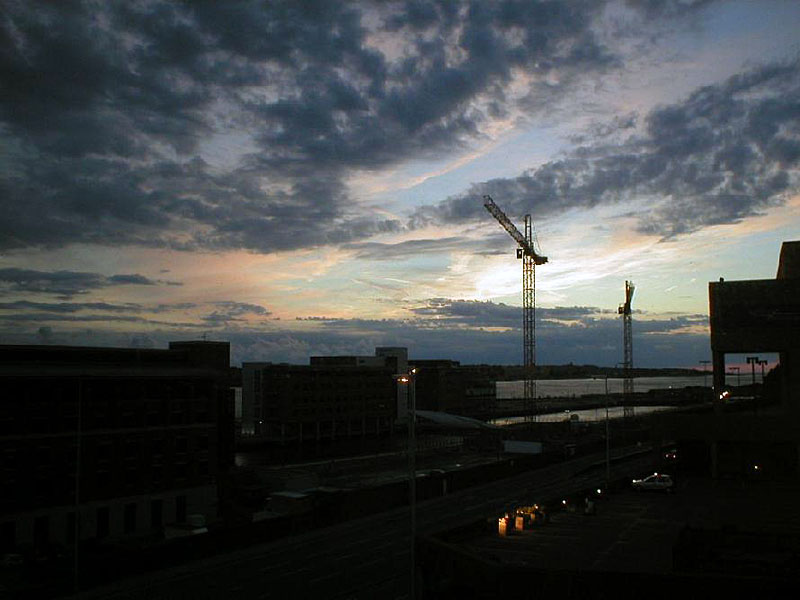
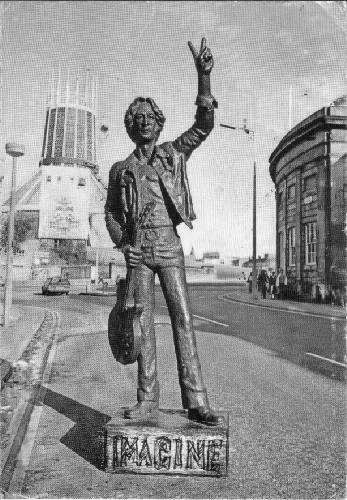
The photo of the statue of John Lennon was
sent to me by the brother of the artist, Allen Curran. It was in colour
but looks better in black & white.
Thanks John. I found another
statue in April 07 in Matthew Street
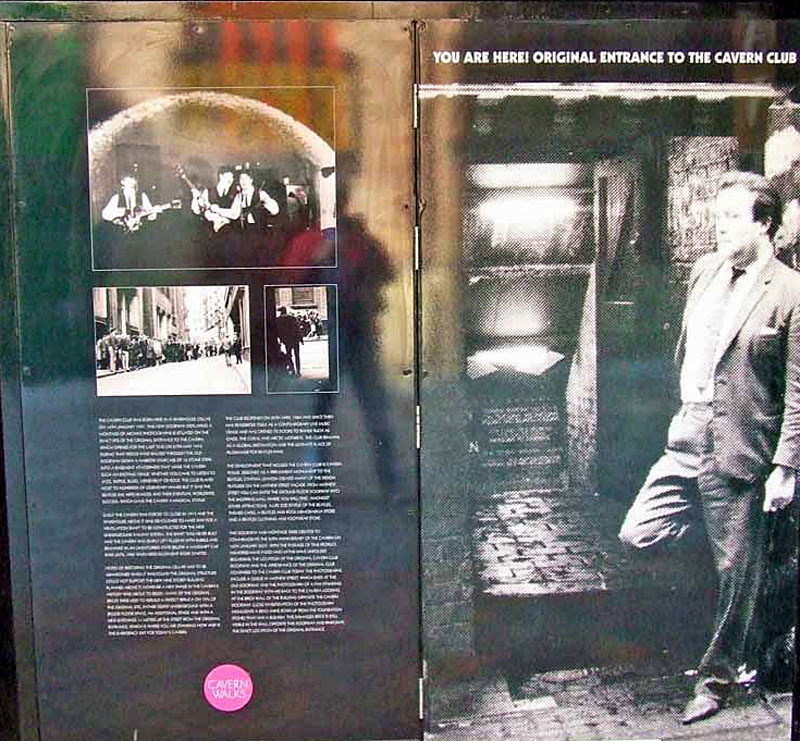
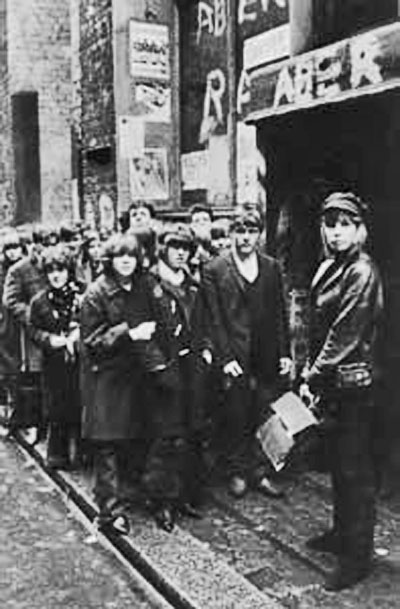
Cavern in the
60s
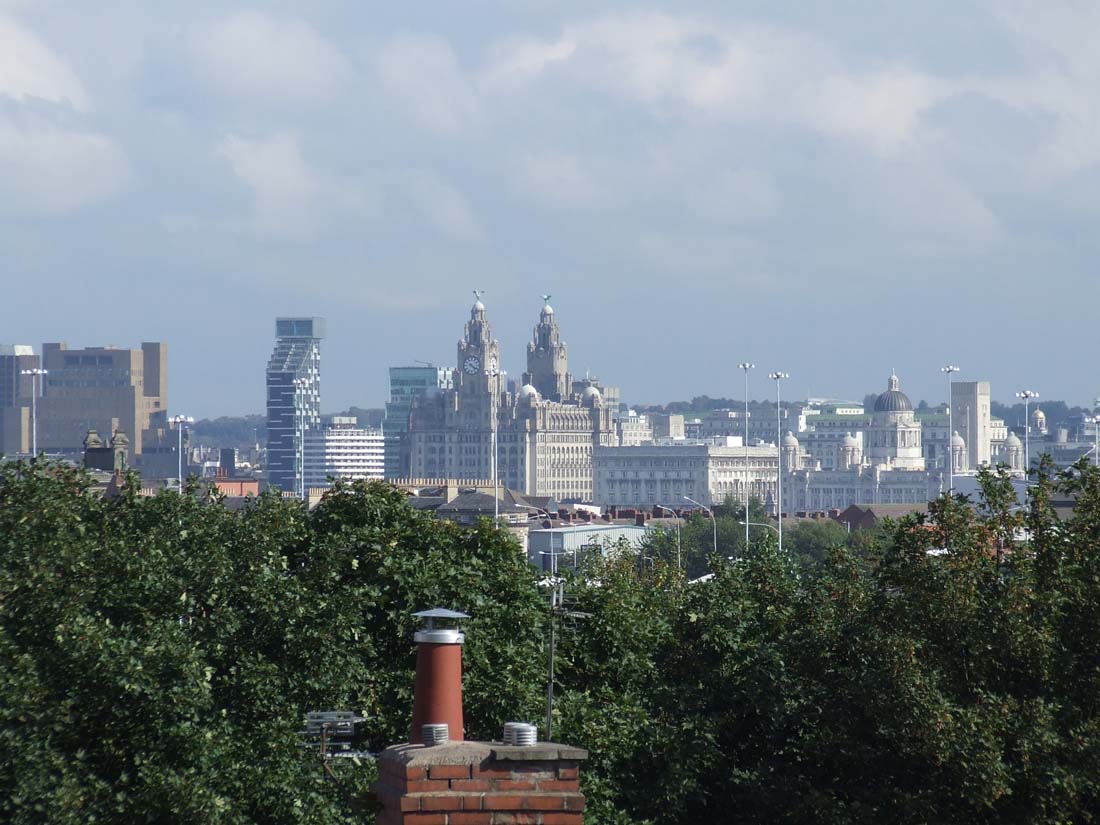
Liverpool Skyline taken from Holts Hill,
Birkenhead - Sept 2009
|
Liverpool is a microcosm of the
whole world and has some fantastic places to visit and see. In fact I would go
as far as to say a holiday could easily be spent there, getting the best of many
worlds, across the river to the Wirral, its countryside and sea coast. Liverpool
has many places to stimulate the mental processes. Merseyside sights to behold
include:
Animation World - Albert Dock
Beatles & City Tours
The Beatles Story Museum - Albert Dock
Bidston Hill (Windmill, Observatory, Hall & Village
Birkenhead - home of U Boat U544 and Maritime Museum. Bidston Hill for lovely
walks, Bidston Windmill, Central Park was model for New York Central Park.
Bluecoat Chambers dated 1717
Brown, Picton & Hornby Libraries
Bold Street, tyop of Bold Street remains of bombed out Church, turn right to
magnificent arched entrance to China Town
Cavern Club - where it all began, Beatles, Searchers, Merseybeats, Billy J
Kramer, Billy Fury, Cilla Black, the list goes on
Chester Zoo, foremost amongst zoo's for natural layout and conservation. Large
free flying bat "cave" and Aquarium
Church of St Nicholas & Our Lady - Seaman's Church
Derby Square beneath which lies
Headquarters Western Approaches Museum - 1942 layout, entrance in Rumford St
Exchange Flags
Everyman Theatre
Mersey Ferries
Leasowe - Castle and sea wall. Scene of prolific smuggling enterprises and
wreckers
Liverpool Cathedrals one gothic the other modern
Liverpool Empire - plays, musical, concerts.
Liverpool Museum, excellent Egyptian section as well as aquarium and planetarium
Playhouse Theatre in city centre
Maritime Museum - Albert Dock Excellent Battle of the Atlantic section.
Municipal Buildings - 1866
Neptune Theatre - 1910
New Brighton - Fort Perch Rock Museum and Lighthouse
Philharmonic Hall - art deco rebuilt 1933
Pier Head - Home of the "Three Graces", one of which is the Royal Liver
Building.
Prescott - Museum of Clock & Watch making
St Helens - famous for its glass
Sefton - 16th C Church
Speke Hall - Built between 1490 - 1612
Standish - 16th C St Wilfred's, Victorian steeple
Stretton Mill - Working museum 1596
Tarporley - 1585 manor house, medieval church
Thurstaston - high limestone outcrops give good views to North Wales and
surrounding countryside, good walks
Wallasey - once home for Liverpool shipping magnates merchants, river and sea front walks
Warrington - Museum & Art Gallery worthy of a visit
West Kirby - Hilbre Island and Deeside walks, Country Park
Widnes - Victorian Promenade, museum, viaduct
Wigan - Famous Wigan Pier, actually does exist. Waterbus to mills with worlds
largest working engine.
|
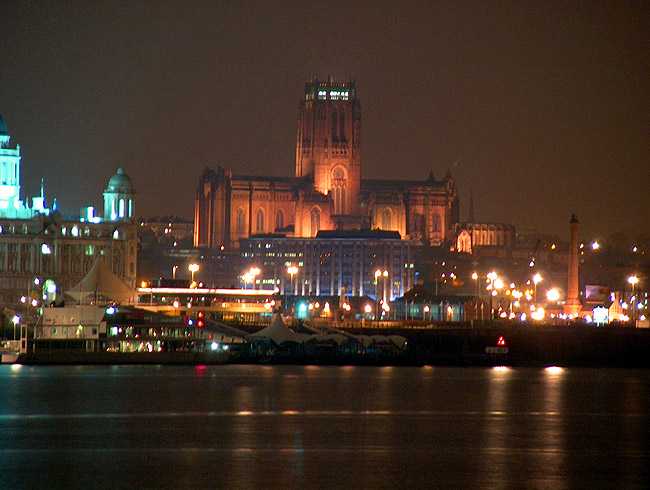
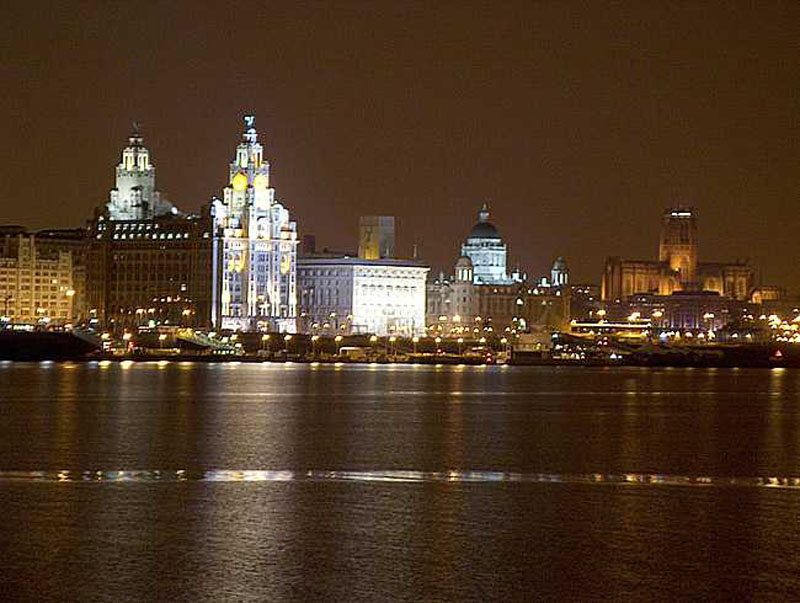
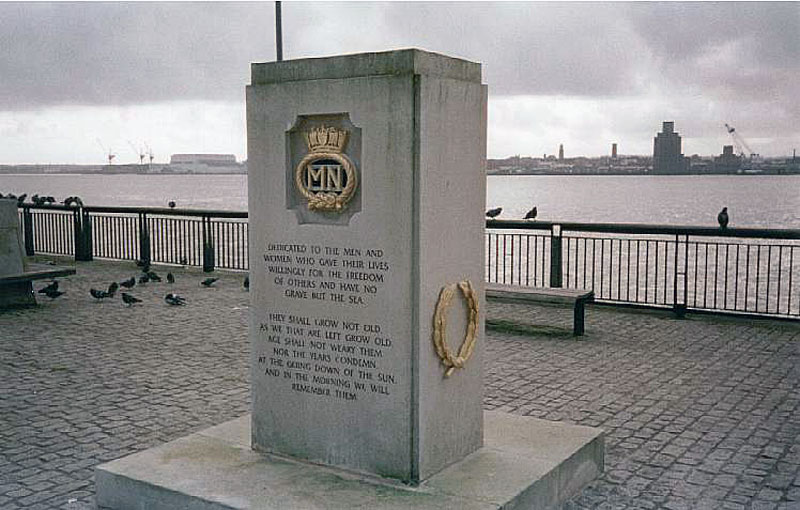
2004
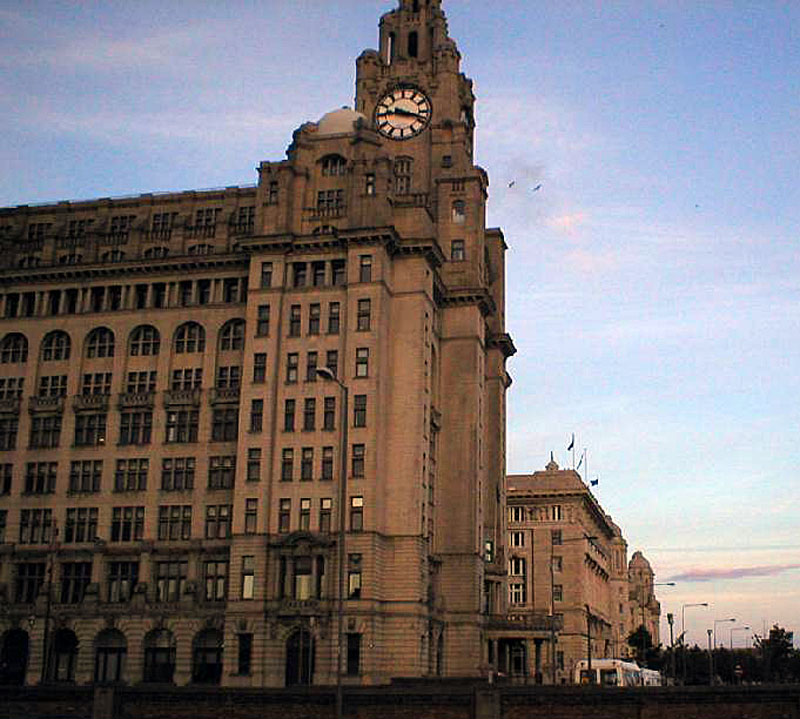
2004
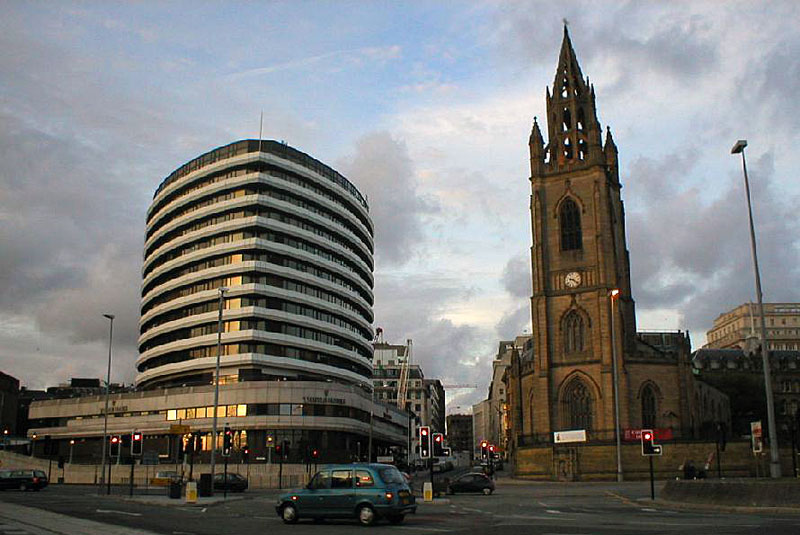
2004
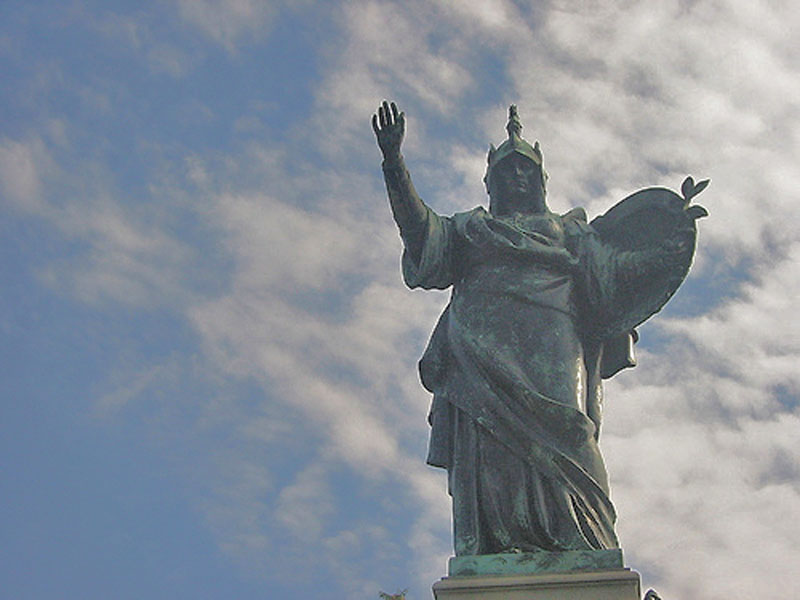
2004

2004
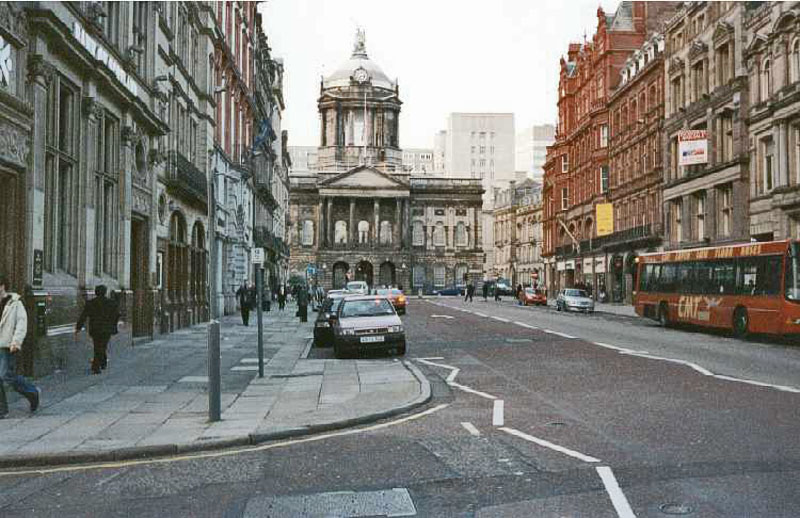
2004
Castle Street
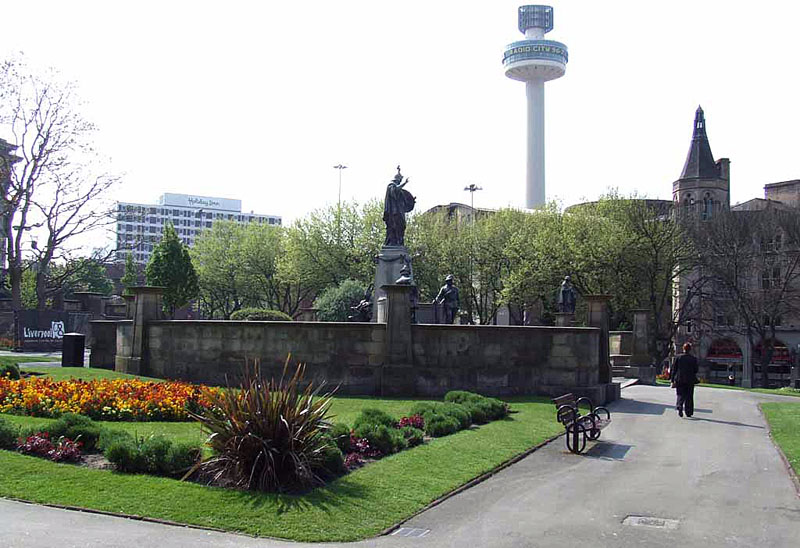
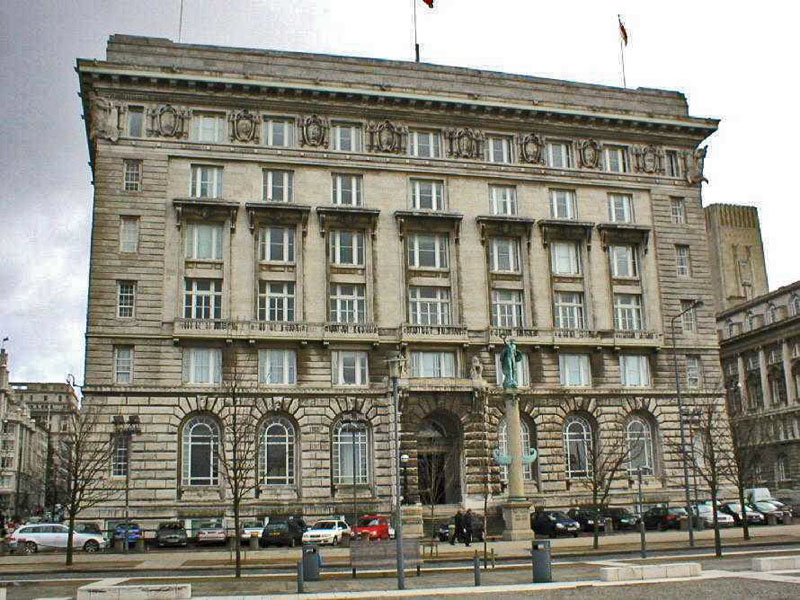
Cunard
Building
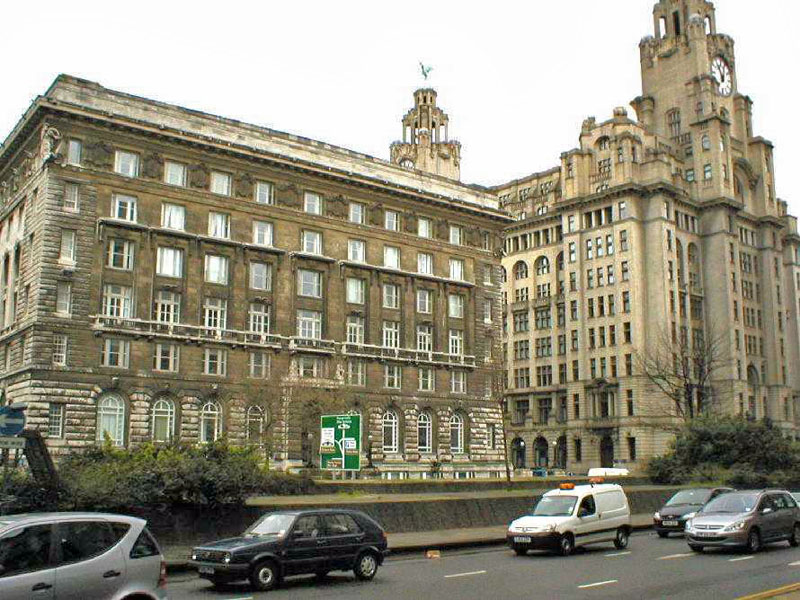
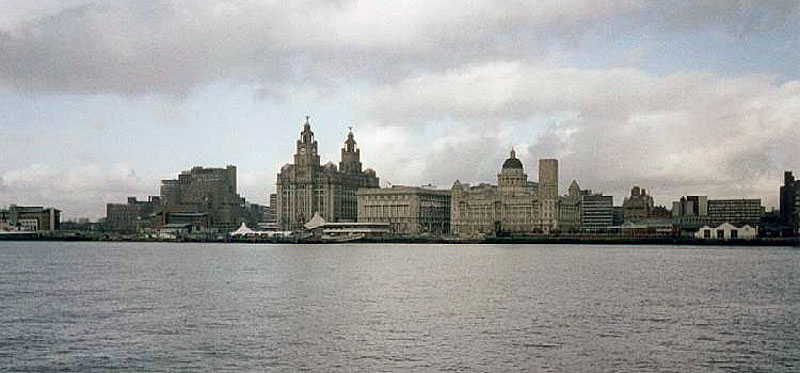
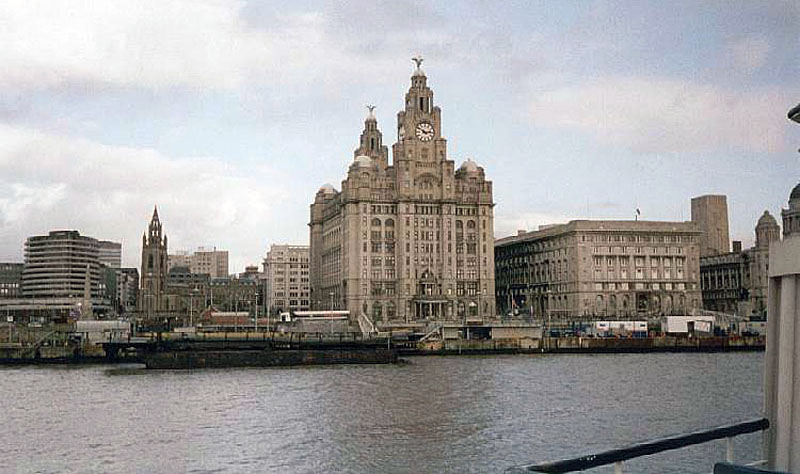
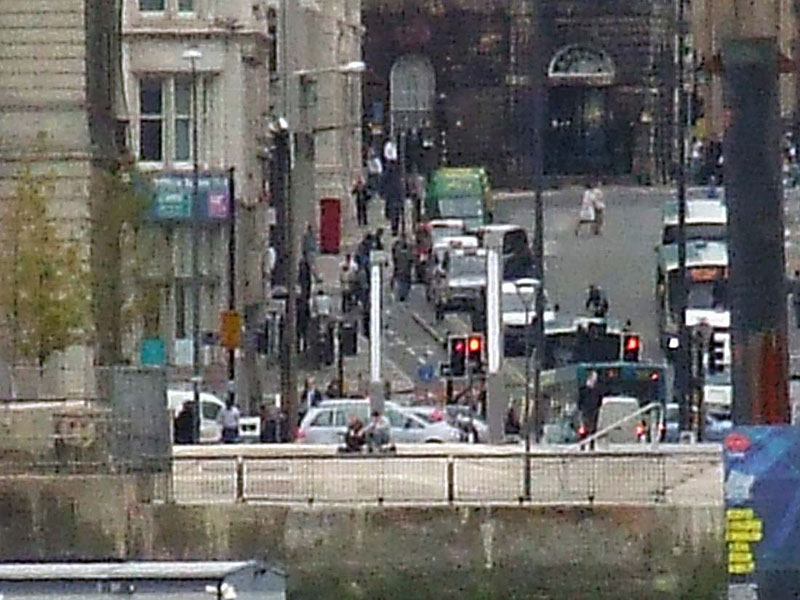
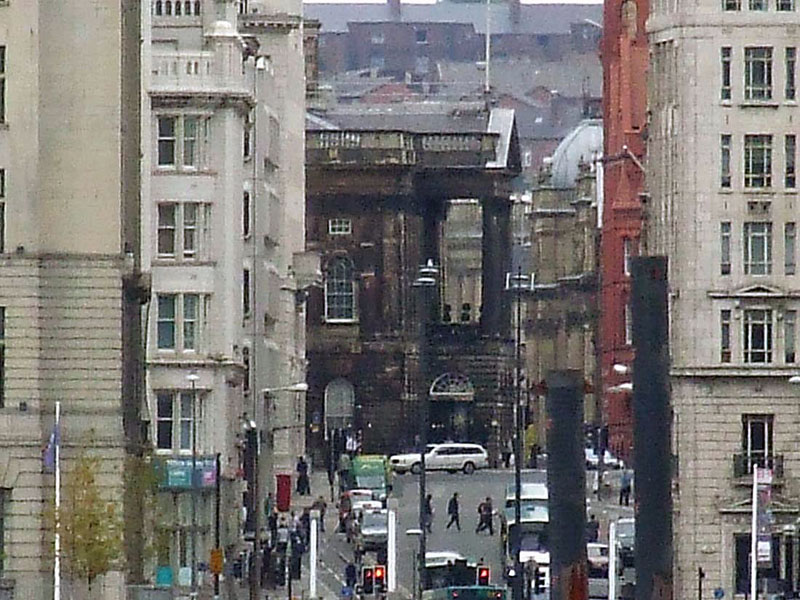
Water
Street - taken from from Birkenhead!
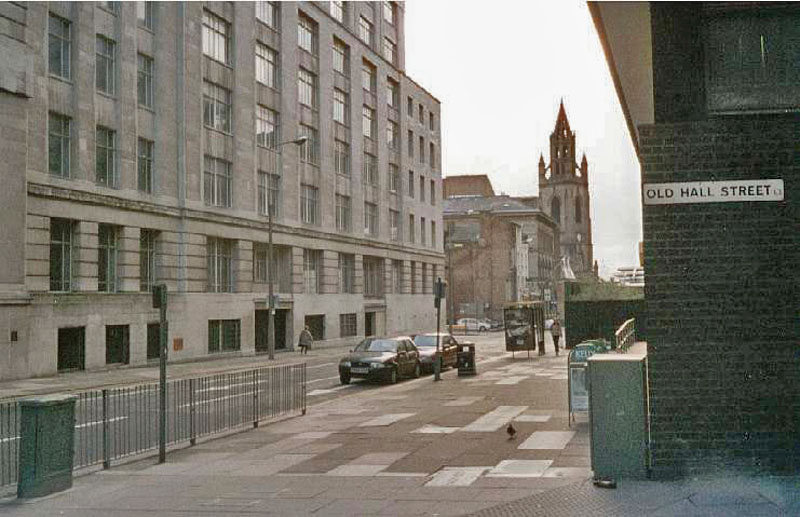
Just
around that corner, to the left, is the Top Secret WW2 bunker. HQ of the
Battle of the Atlantic
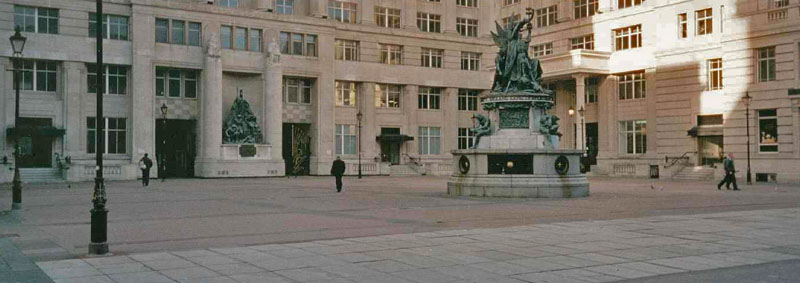
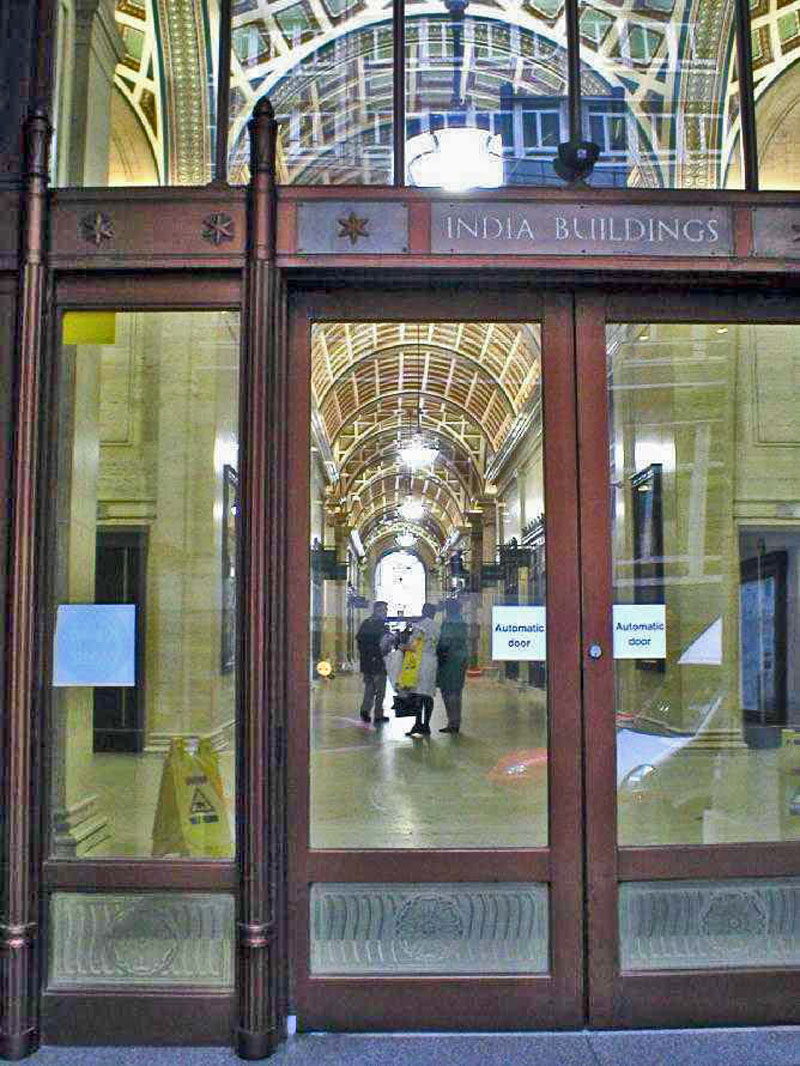
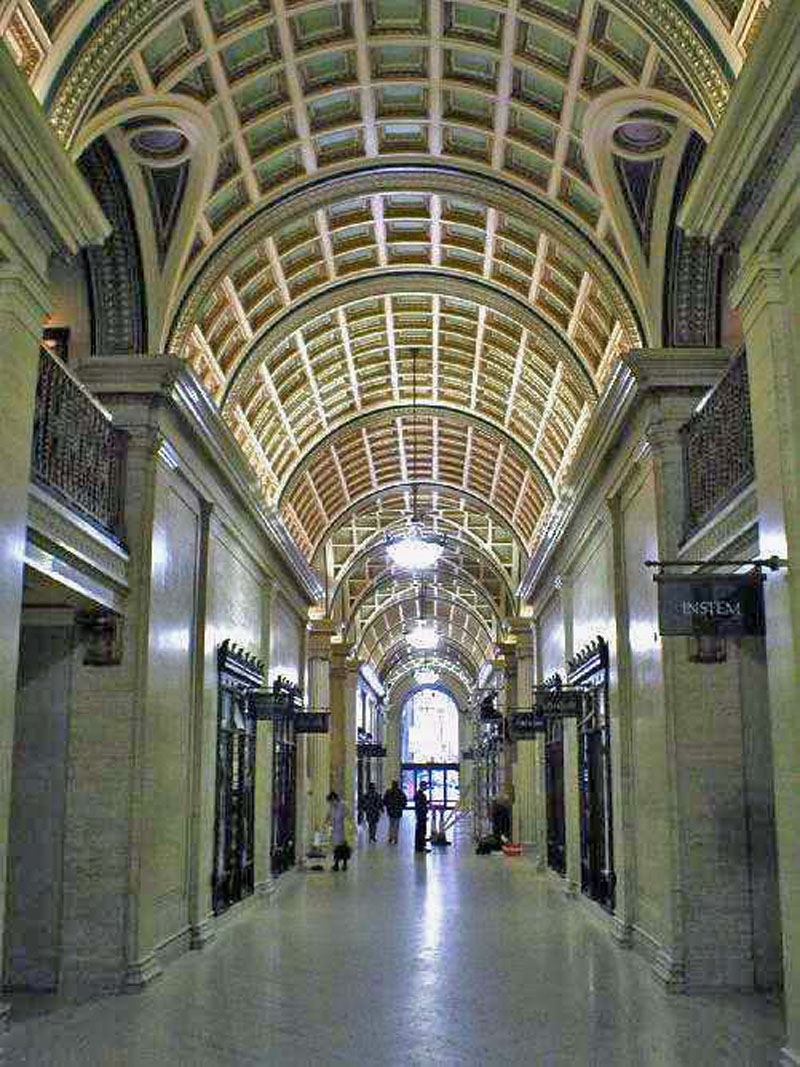 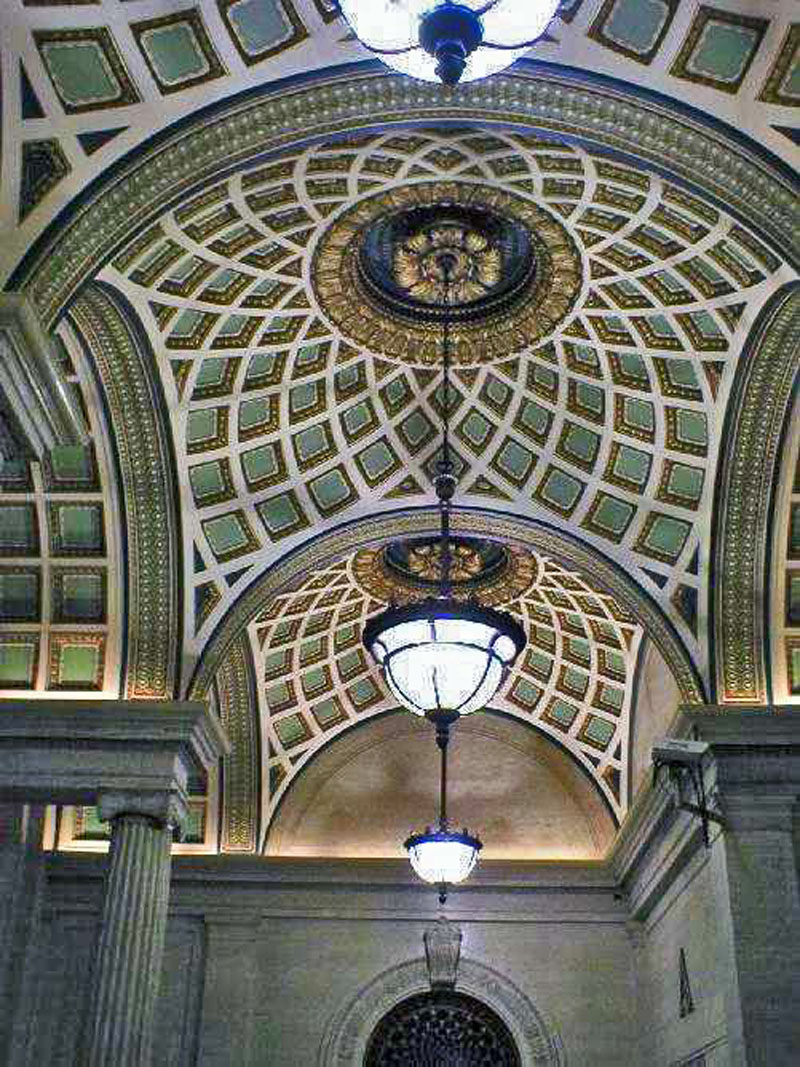
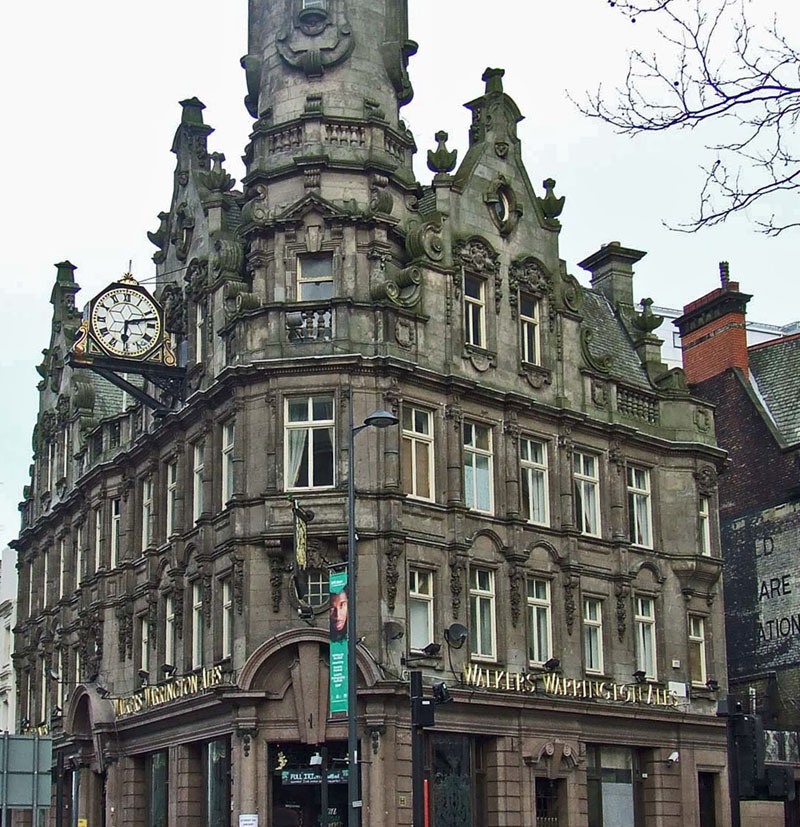
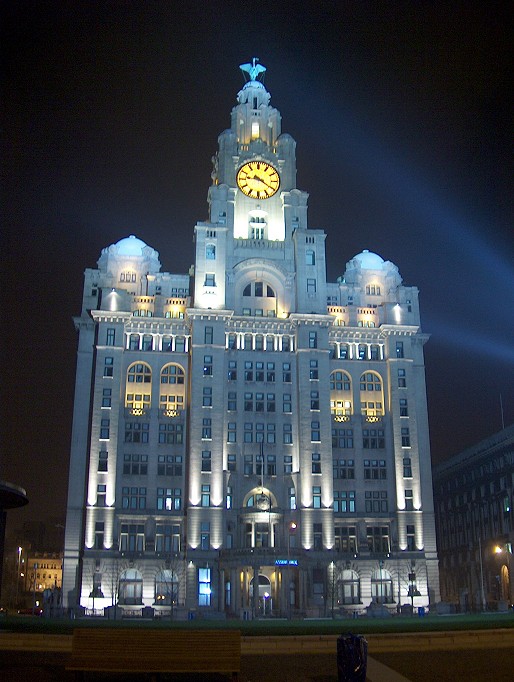
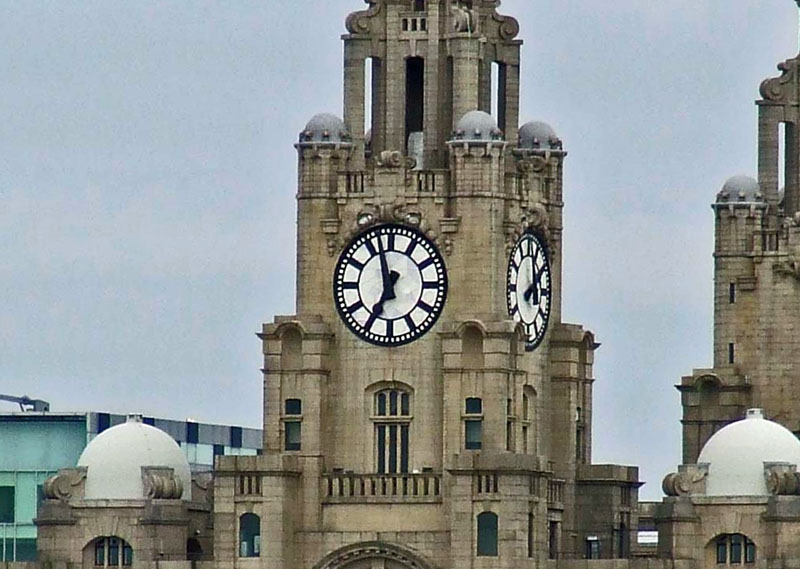
Oops! Note the wrong time on the river side clock
(facing).

The PSNC Building on the corner
of The Strand and James Street, Liverpool Pier Head. In the 60s it was a hive of
maritime activity but the offices now stand empty and forlorn, reflections of
bygone days. It was once the home of the White Star Line and it was from the
lower central balcony that the Chairman announced to the world that the Titanic
had sunk
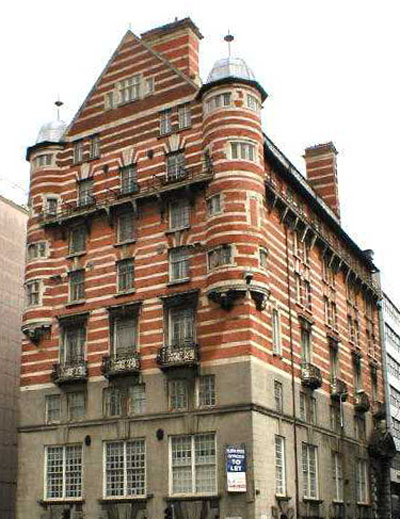

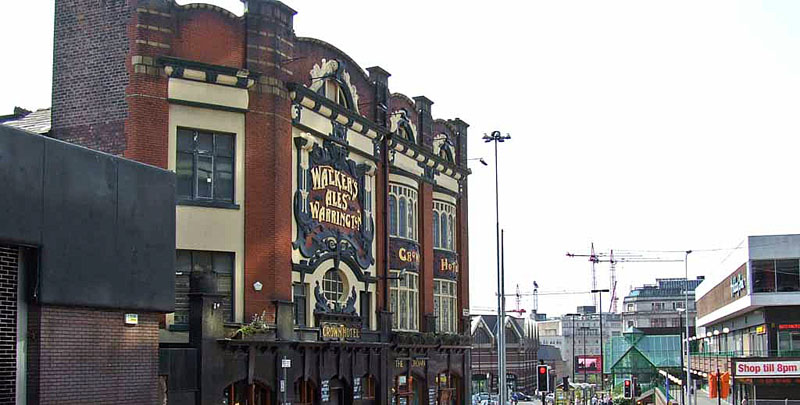
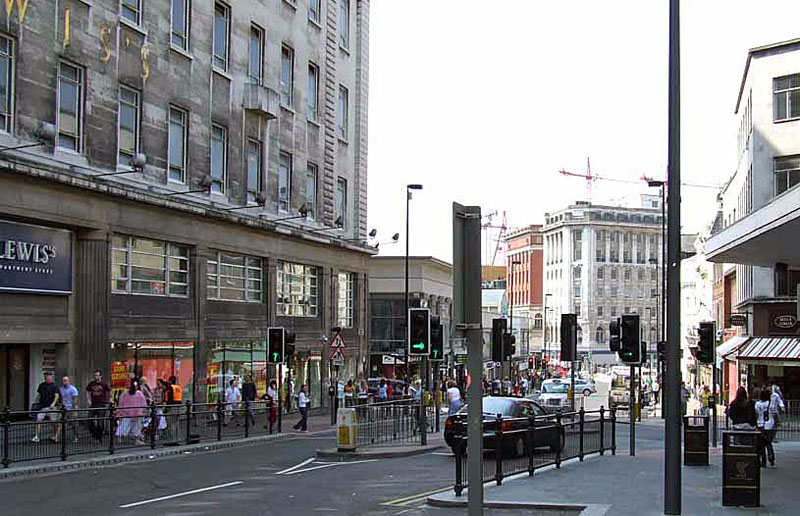
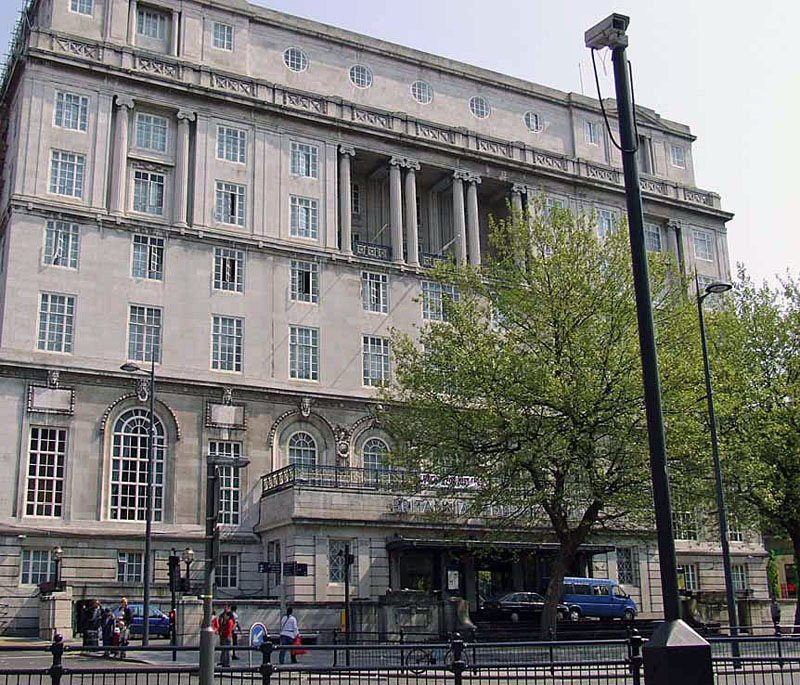
Adelphi Hotel
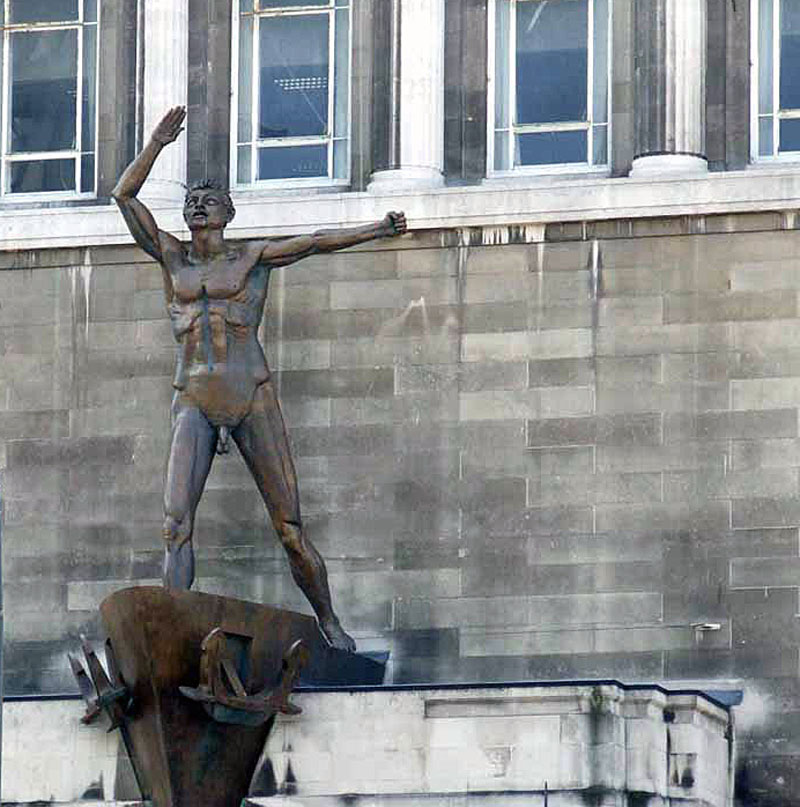
John Lewis Statue - now gone
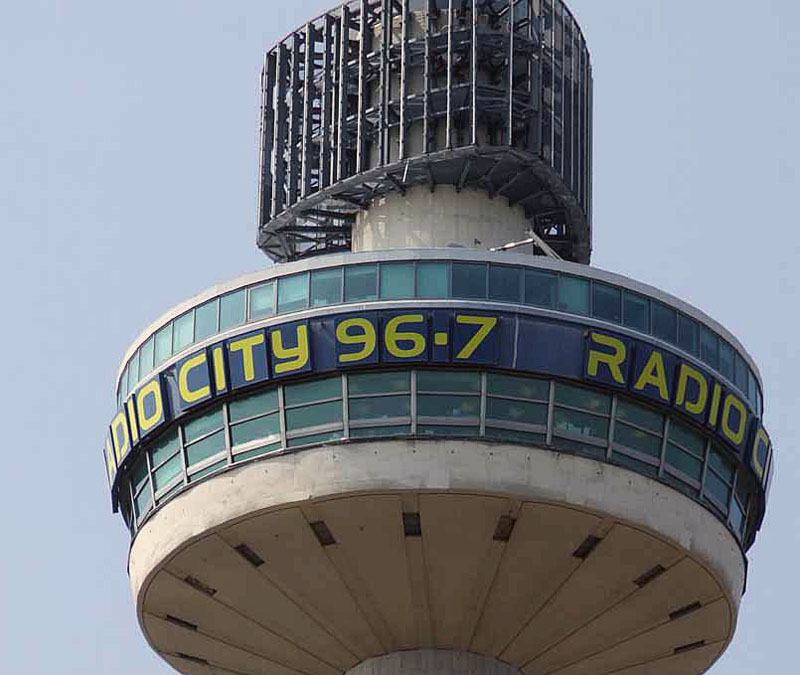
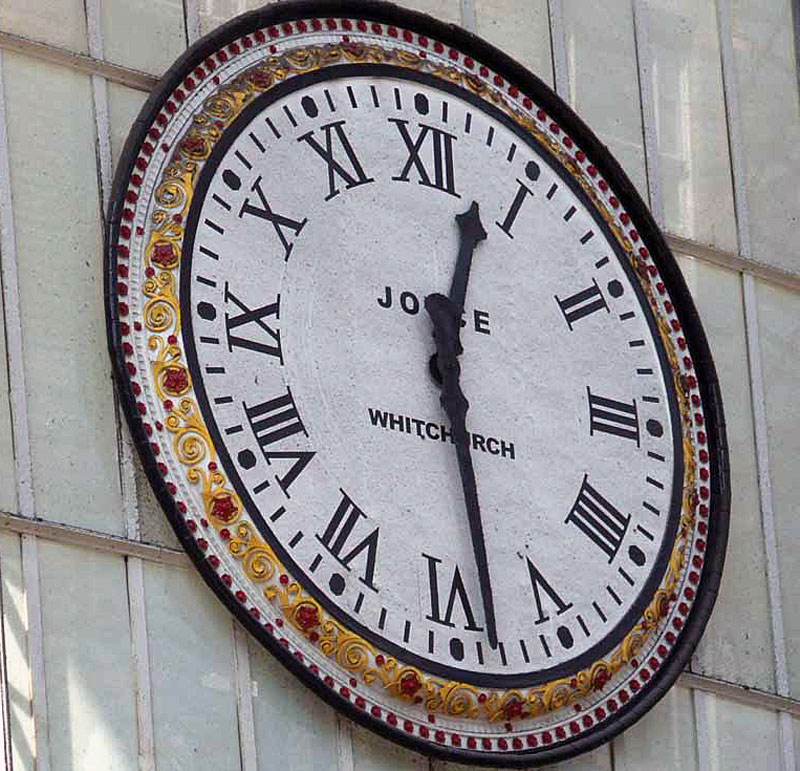
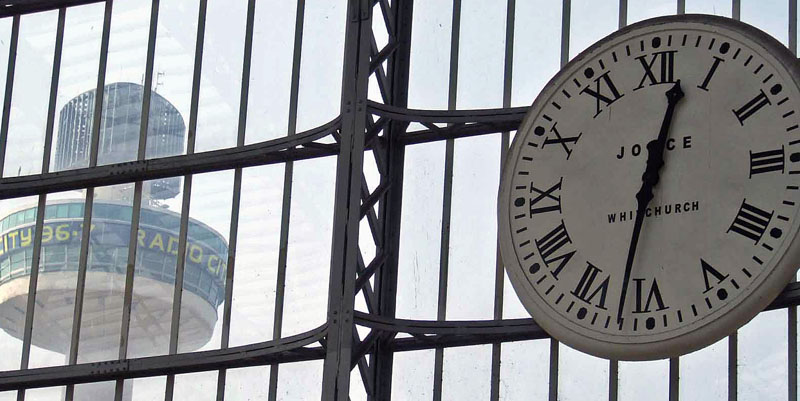
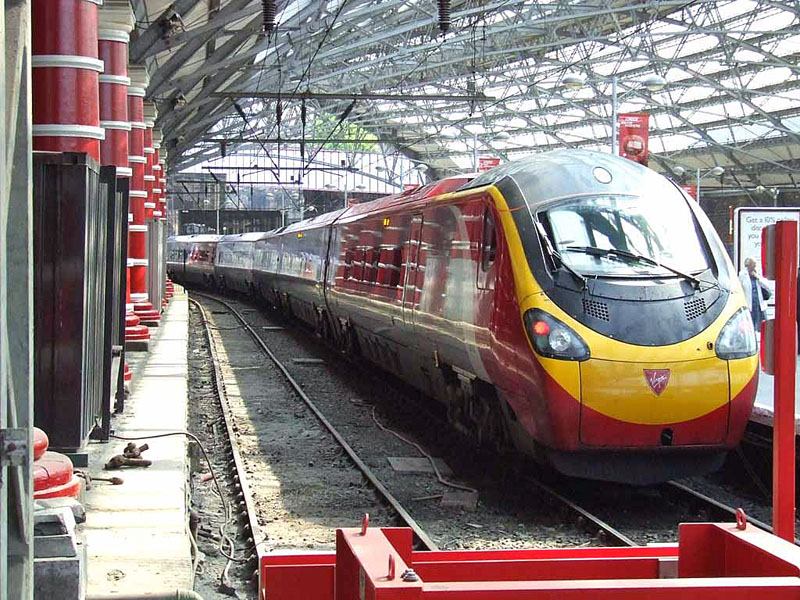
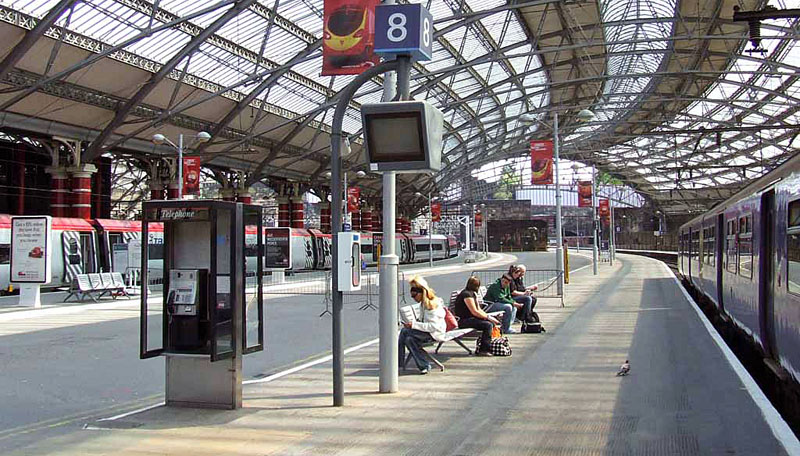
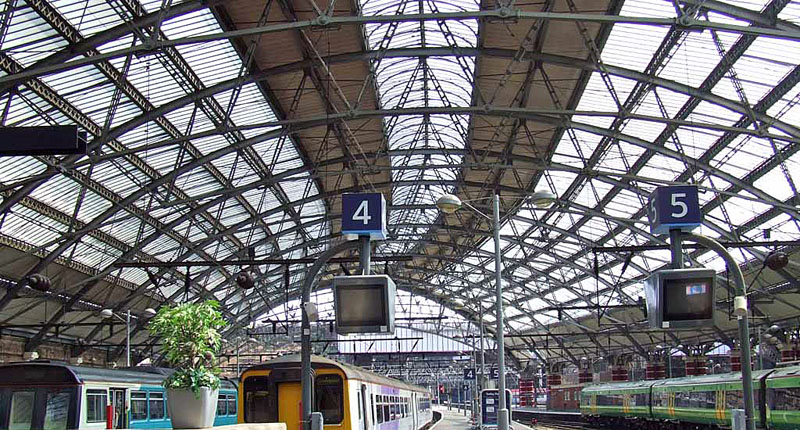
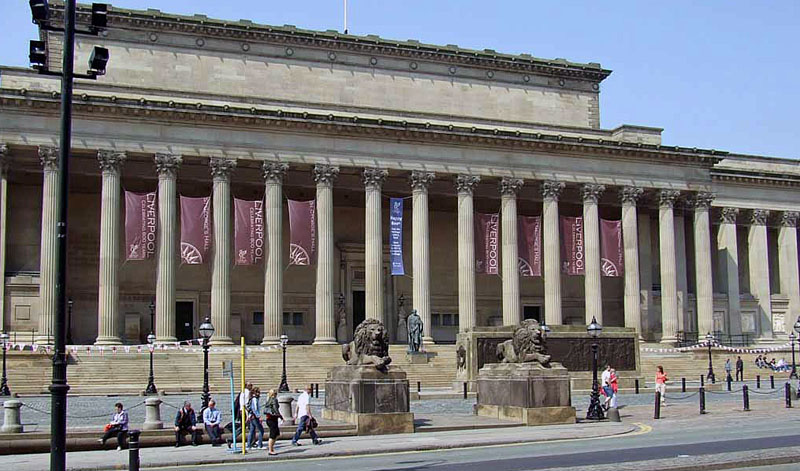
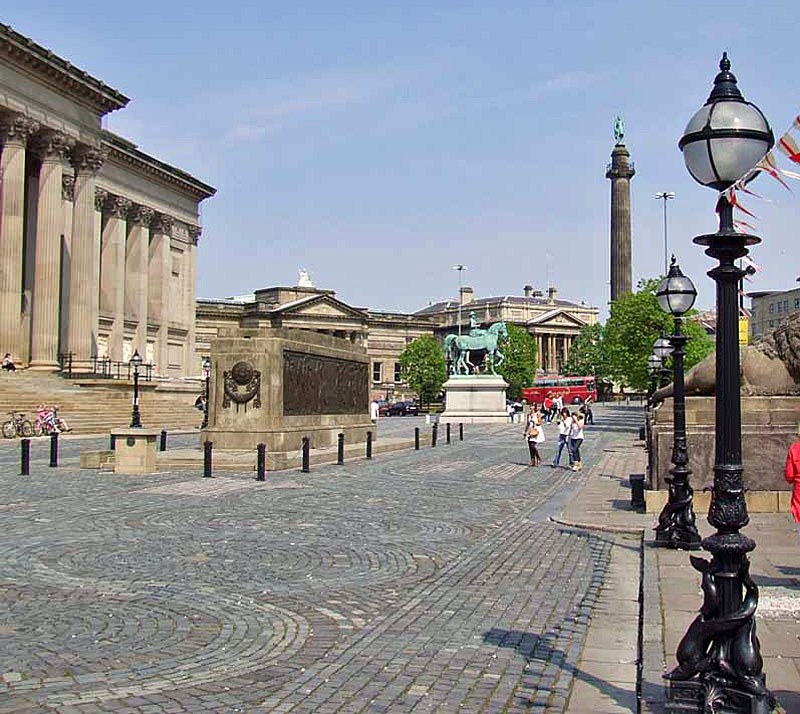
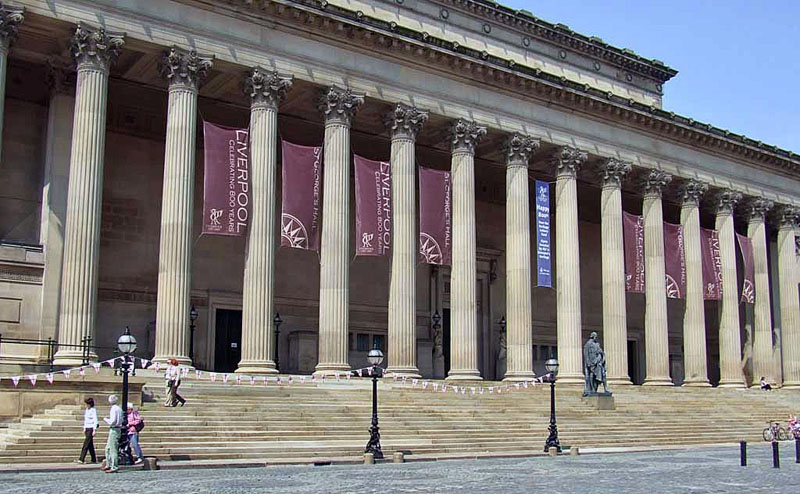
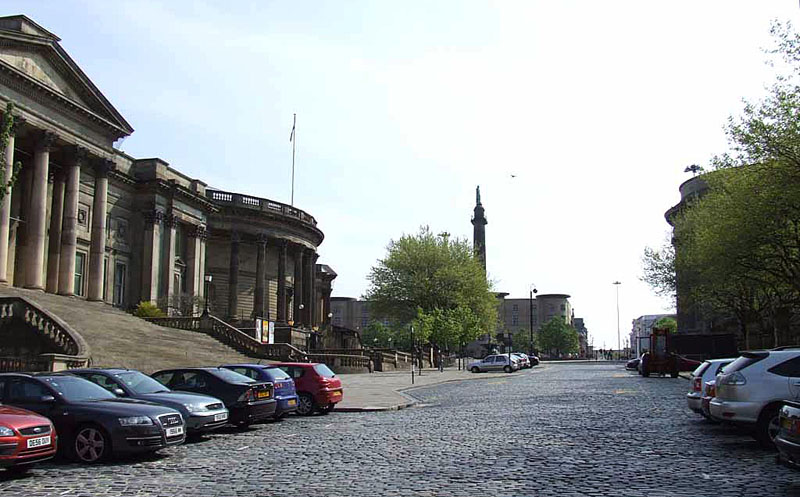
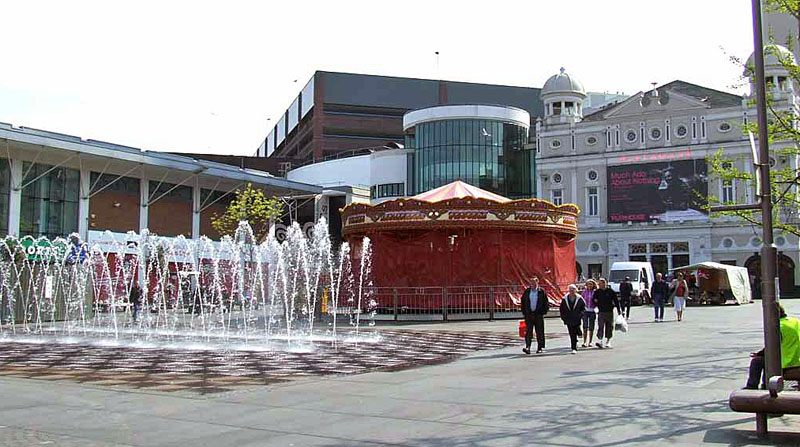
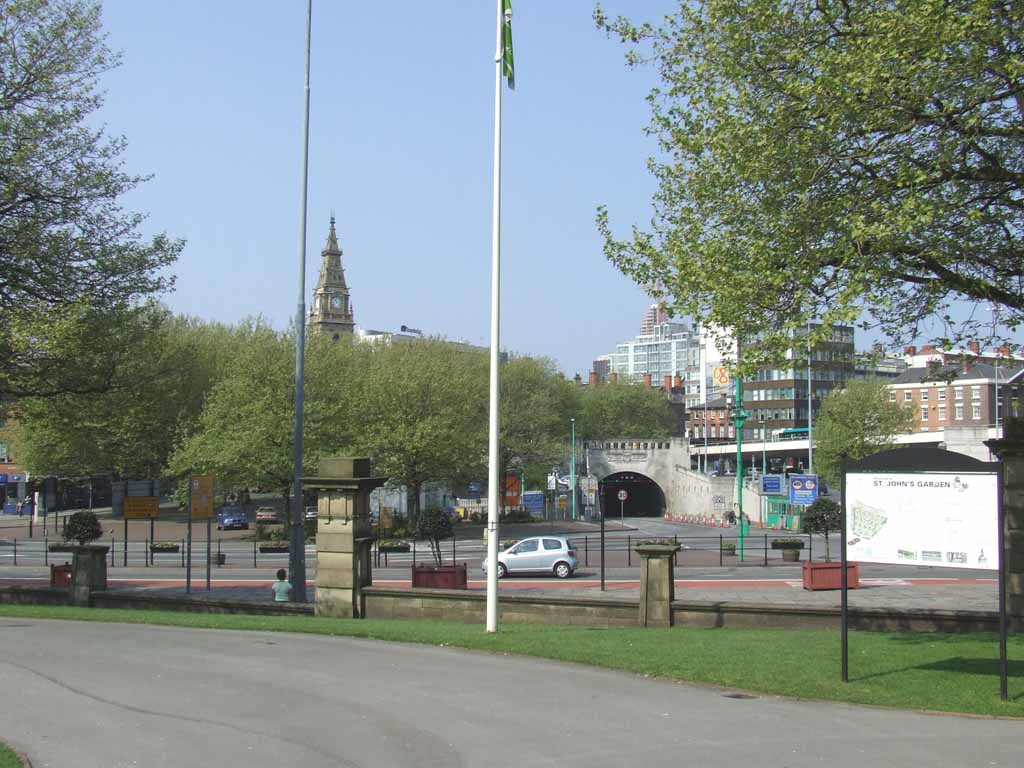
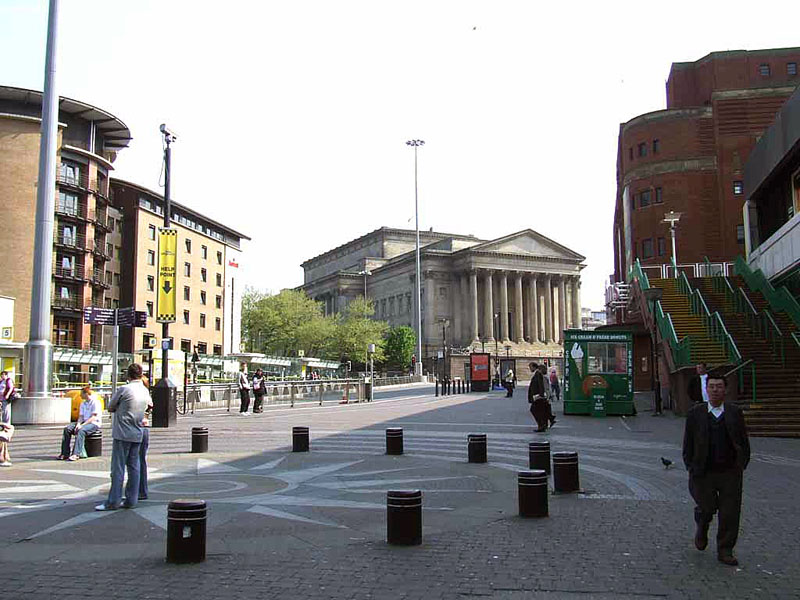
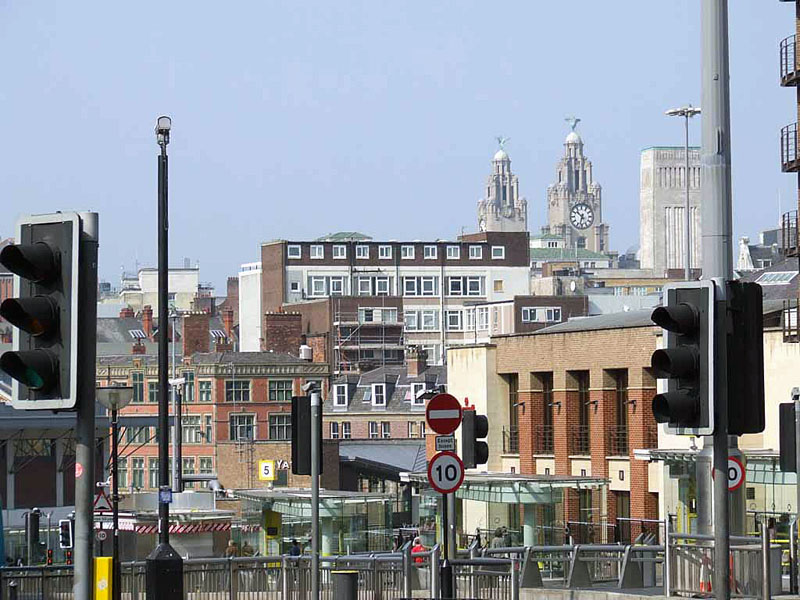
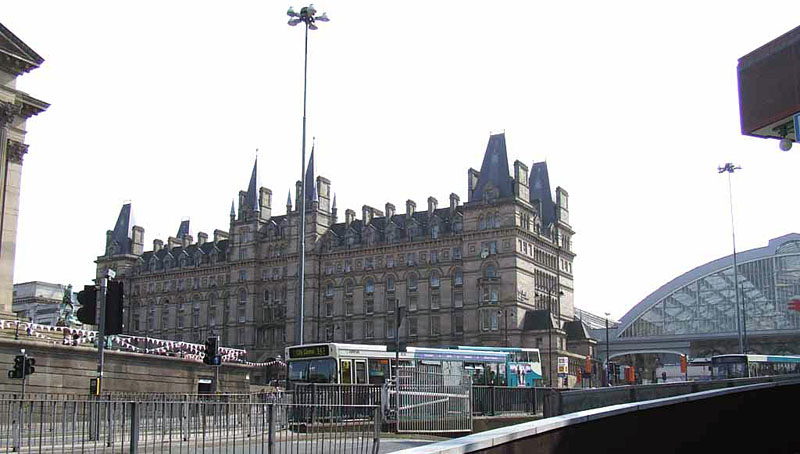
Lime Street
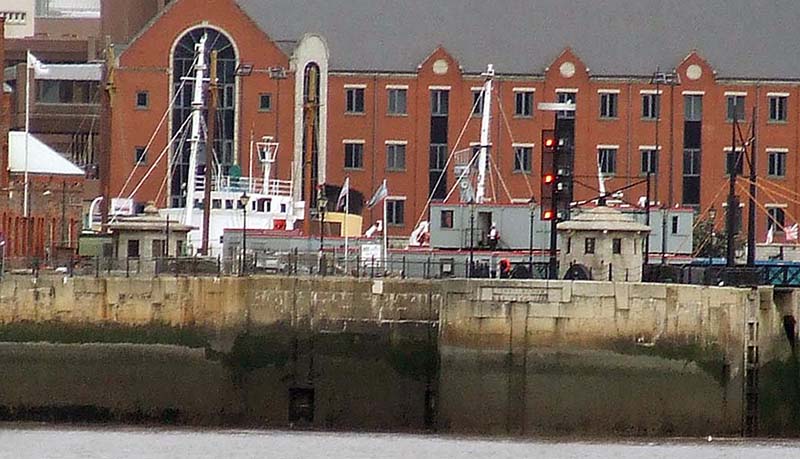
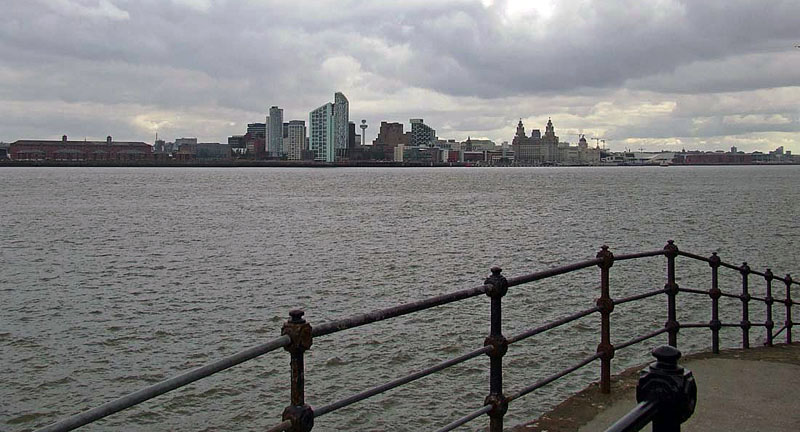
2009

Liverpool from Birkenhead Holt Hill. 2009
|
|
Liverpool is a microcosm of the
whole world and has some fantastic places to visit and see. In fact I would go
as far as to say a holiday could easily be spent there, getting the best of many
worlds, across the river to the Wirral, its countryside and sea coast. Liverpool
has many places to stimulate the mental processes. Merseyside sights to behold
include:
Animation World - Albert Dock
Beatles & City Tours
The Beatles Story Museum - Albert Dock
Bidston Hill (Windmill, Observatory, Hall & Village
Birkenhead - home of U Boat U544 and Maritime Museum. Bidston Hill for lovely
walks, Bidston Windmill, Central Park was model for New York Central Park.
Bluecoat Chambers dated 1717
Brown, Picton & Hornby Libraries
Bold Street, tyop of Bold Street remains of bombed out Church, turn right to
magnificent arched entrance to China Town
Cavern Club - where it all began, Beatles, Searchers, Merseybeats, Billy J
Kramer, Billy fury, Cilla Black, the list goes on
Chester Zoo, foremost amongst zoo's for natural layout and conservation. Large
free flying bat "cave" and Aquarium
Church of St Nicholas & Our Lady - Seaman's Church
Derby Square beneath which lies
Headquarters Western Approaches Museum - 1942 layout, entrance in Rumford St
Exchange Flags
Everyman Theatre
Mersey Ferries
Leasowe - Castle and sea wall. Scene of prolific smuggling enterprises and
wreckers
Liverpool Cathedrals one gothic the other modern
Liverpool Empire - plays, musical, concerts.
Liverpool Museum, excellent Egyptian section as well as aquarium and planetarium
Playhouse Theatre in city centre
Maritime Museum - Albert Dock Excellent Battle of the Atlantic section.
Municipal Buildings - 1866
Neptune Theatre - 1910
New Brighton - Fort Perch Rock Museum and Lighthouse
Philharmonic Hall - art deco rebuilt 1933
Pier Head - Home of the "Three Graces", one of which is the Royal Liver
Building.
Prescott - Museum of Clock & Watch making
St Helens - famous for its glass
Sefton - 16th C Church
Speke Hall - Built between 1490 - 1612
Standish - 16th C St Wilfred's, Victorian steeple
Stretton Mill - Working museum 1596
Tarporley - 1585 manor house, medieval church
Thurstaston - high limestone outcrops give good views to North Wales and
surrounding countryside, good walks
Wallasey - once home for Liverpool shipping magnates merchants, river and sea front walks
Warrington - Museum & Art Gallery worthy of a visit
West Kirby - Hilbre Island and Deeside walks, Country Park
Widnes - Victorian Promenade, museum, viaduct
Wigan - Famous Wigan Pier, actually does exist. Waterbus to mills with worlds
largest working engine.
|





